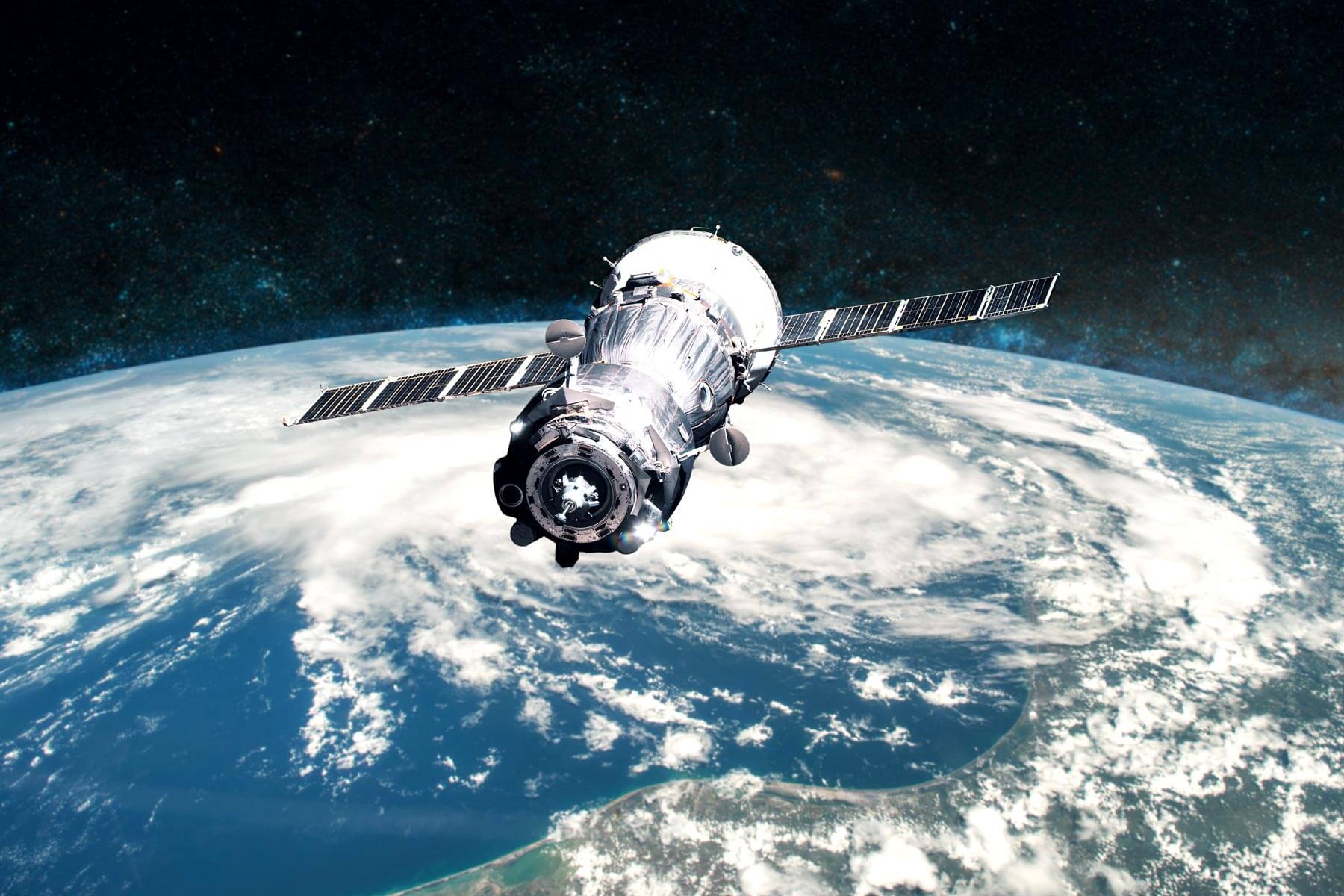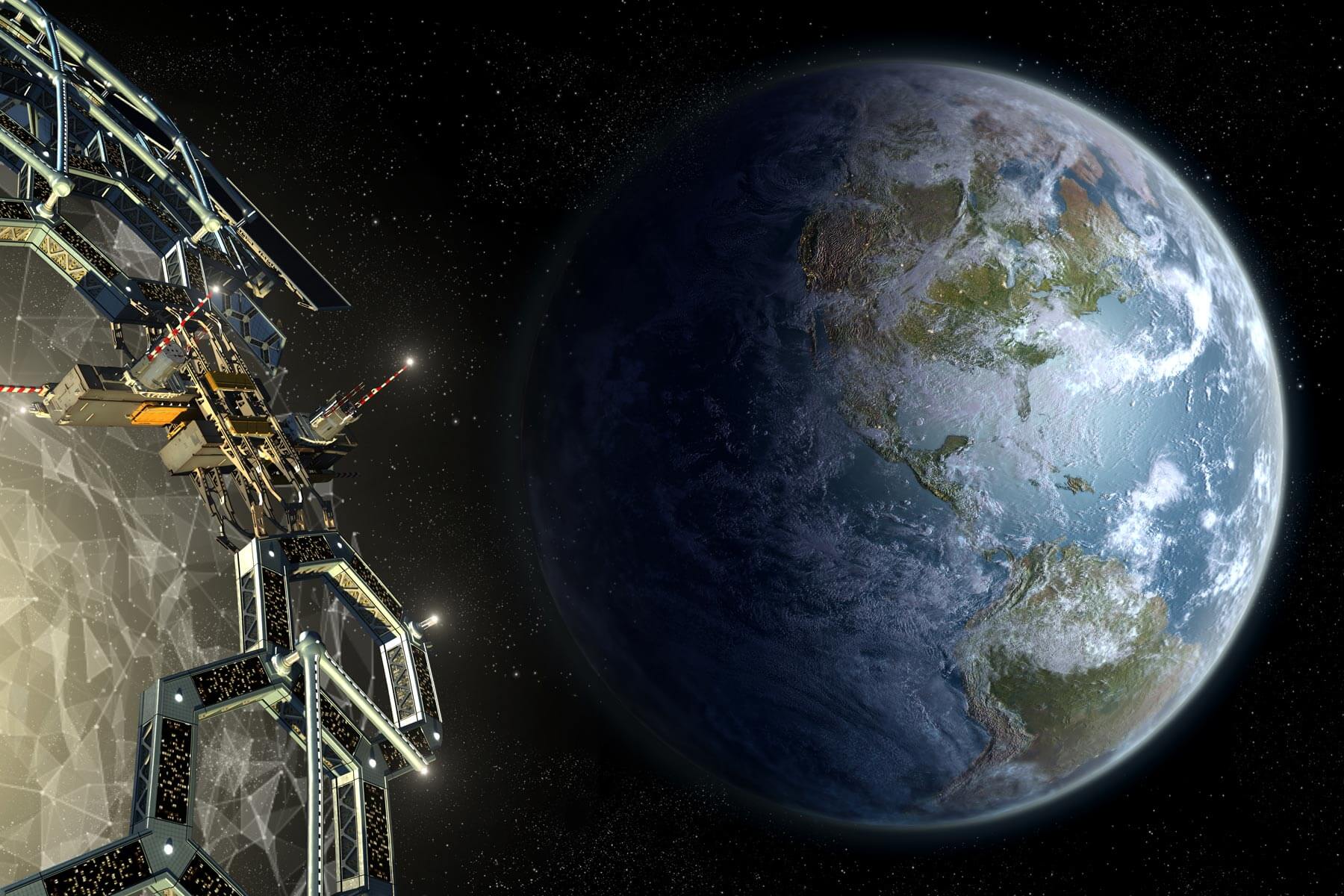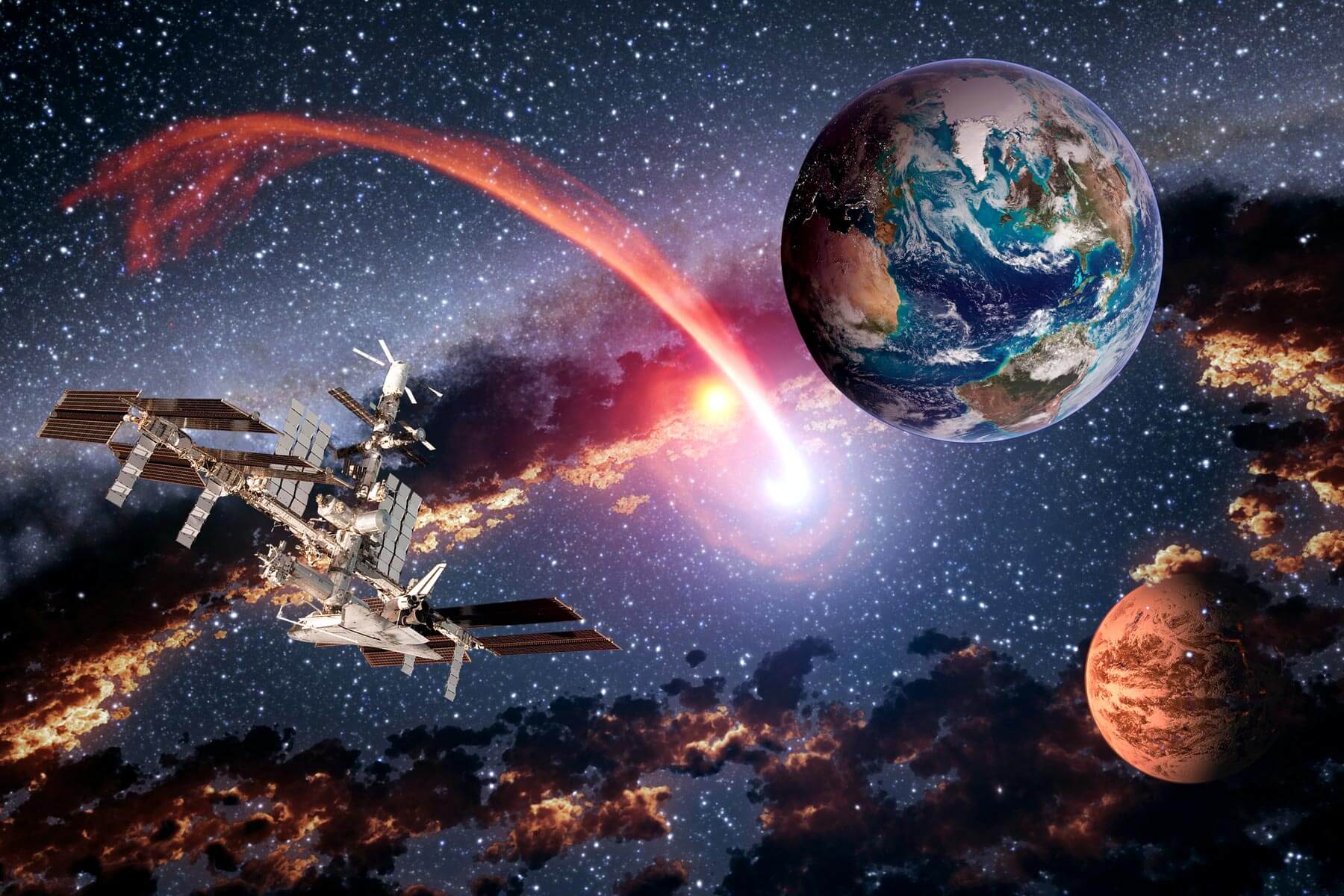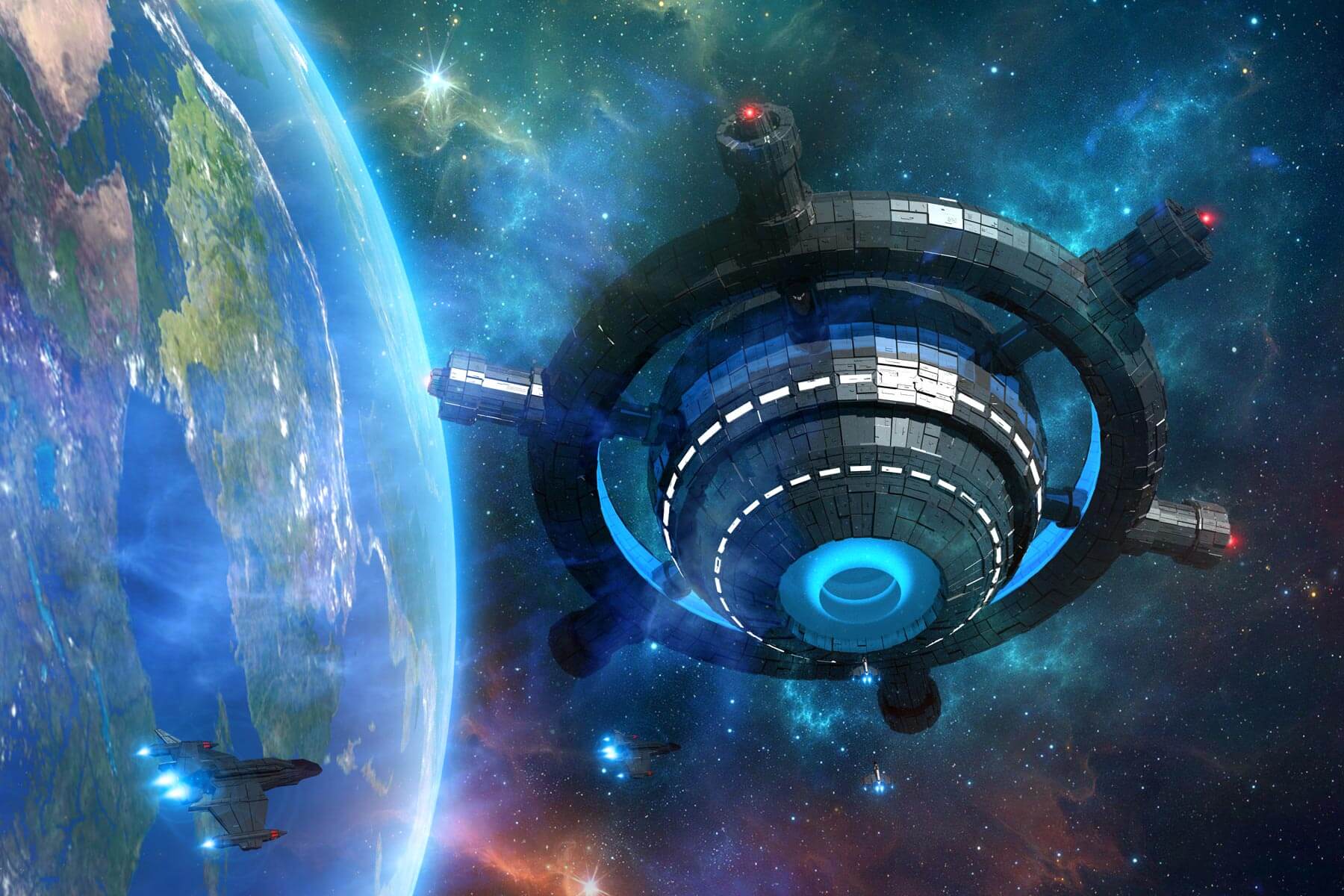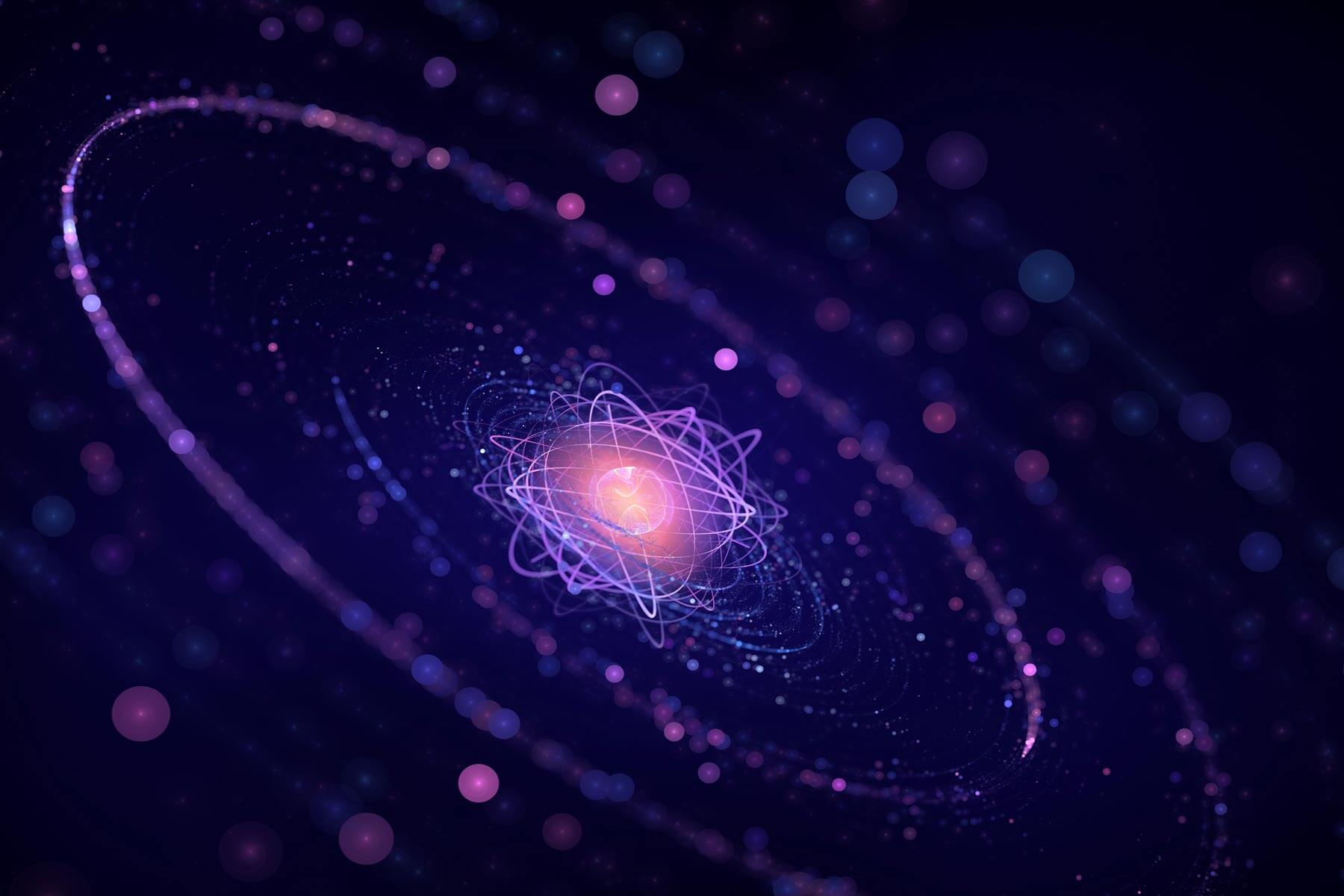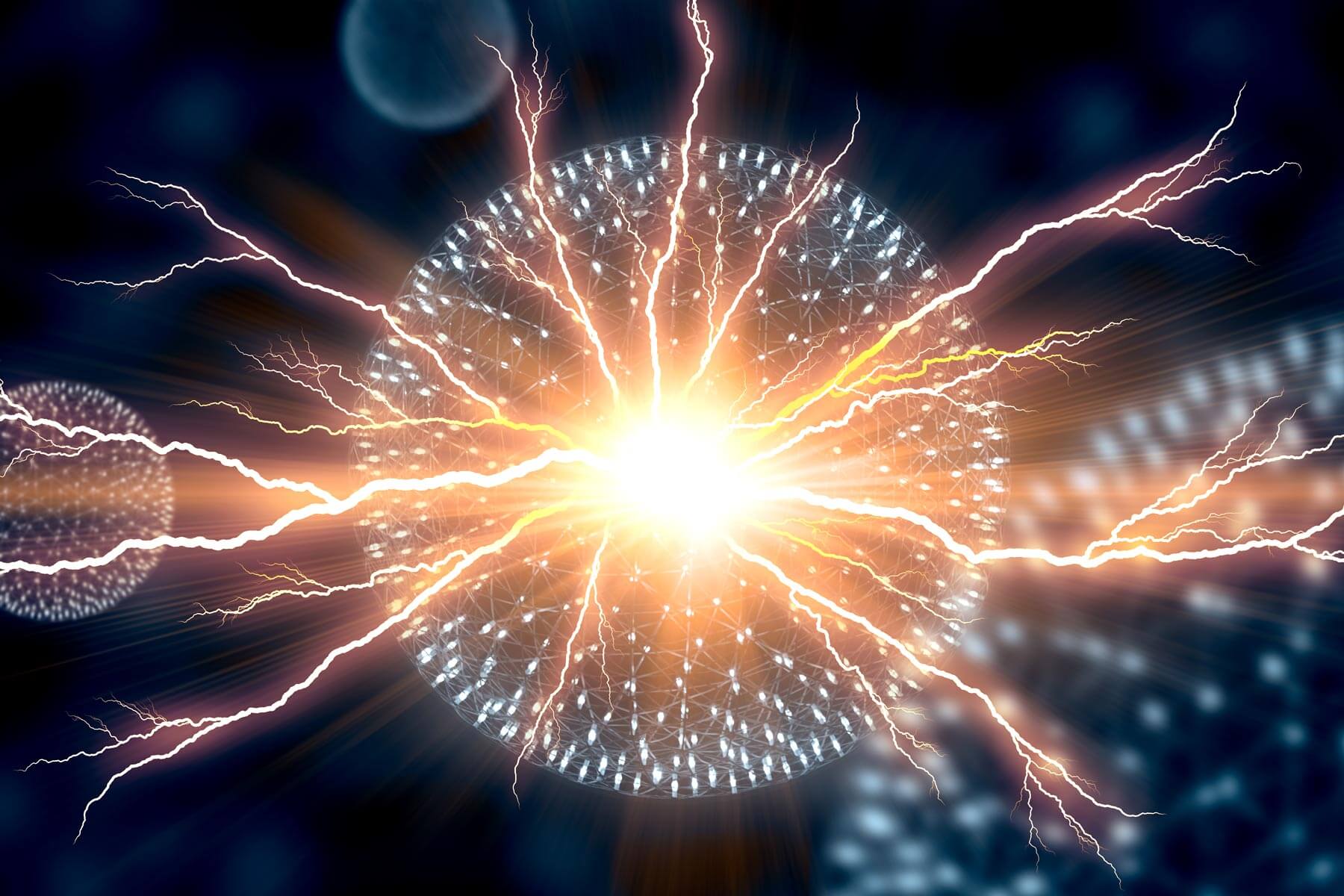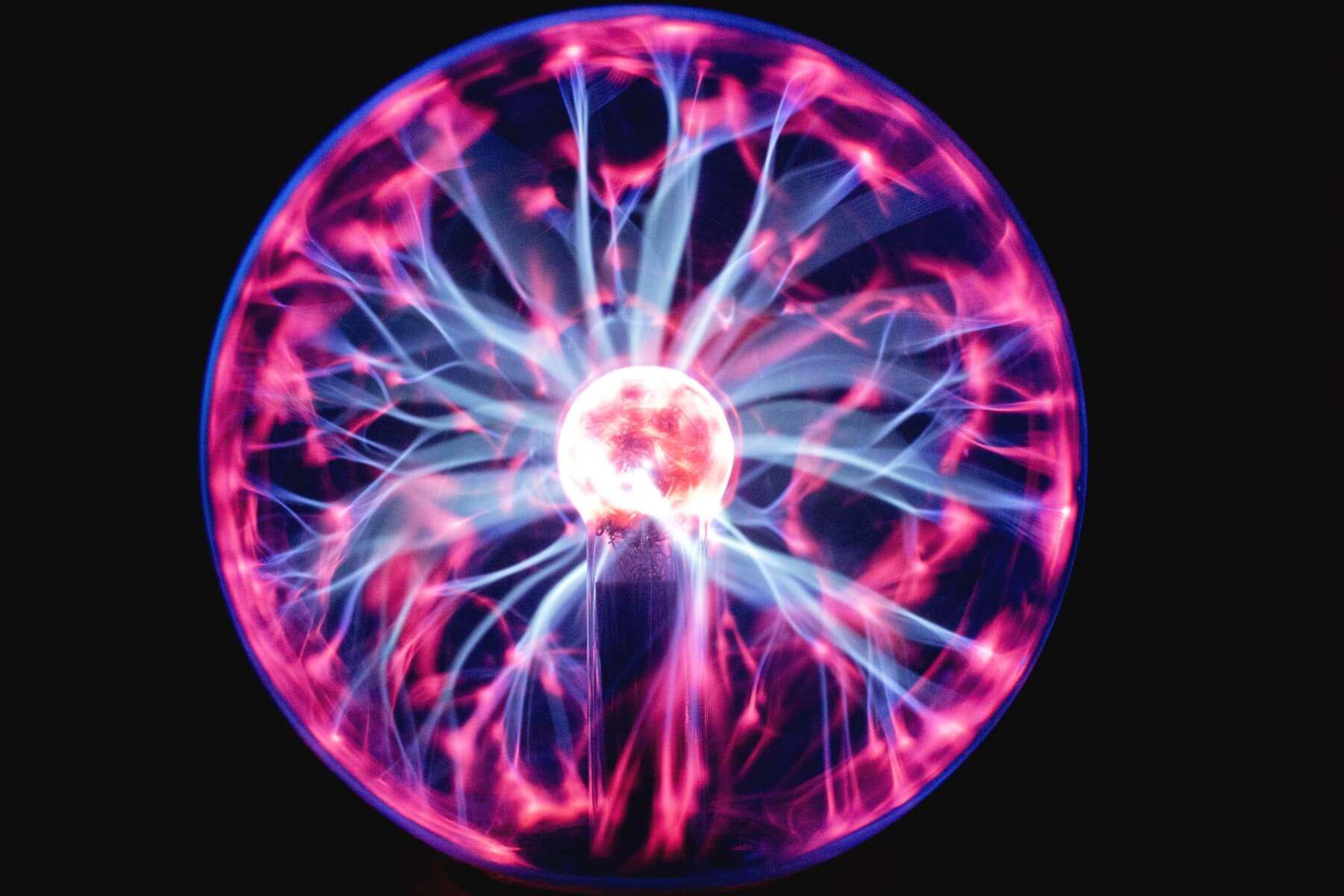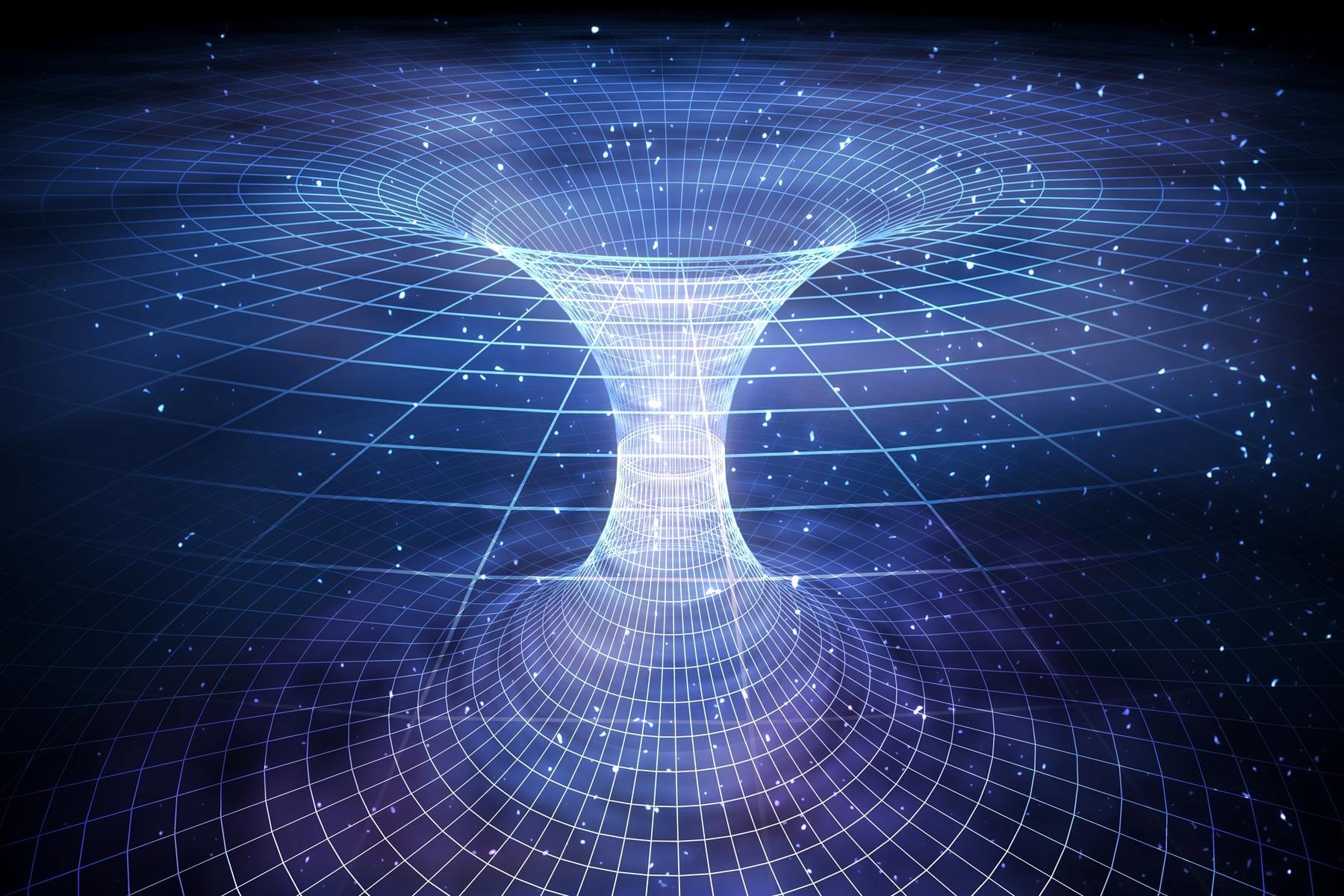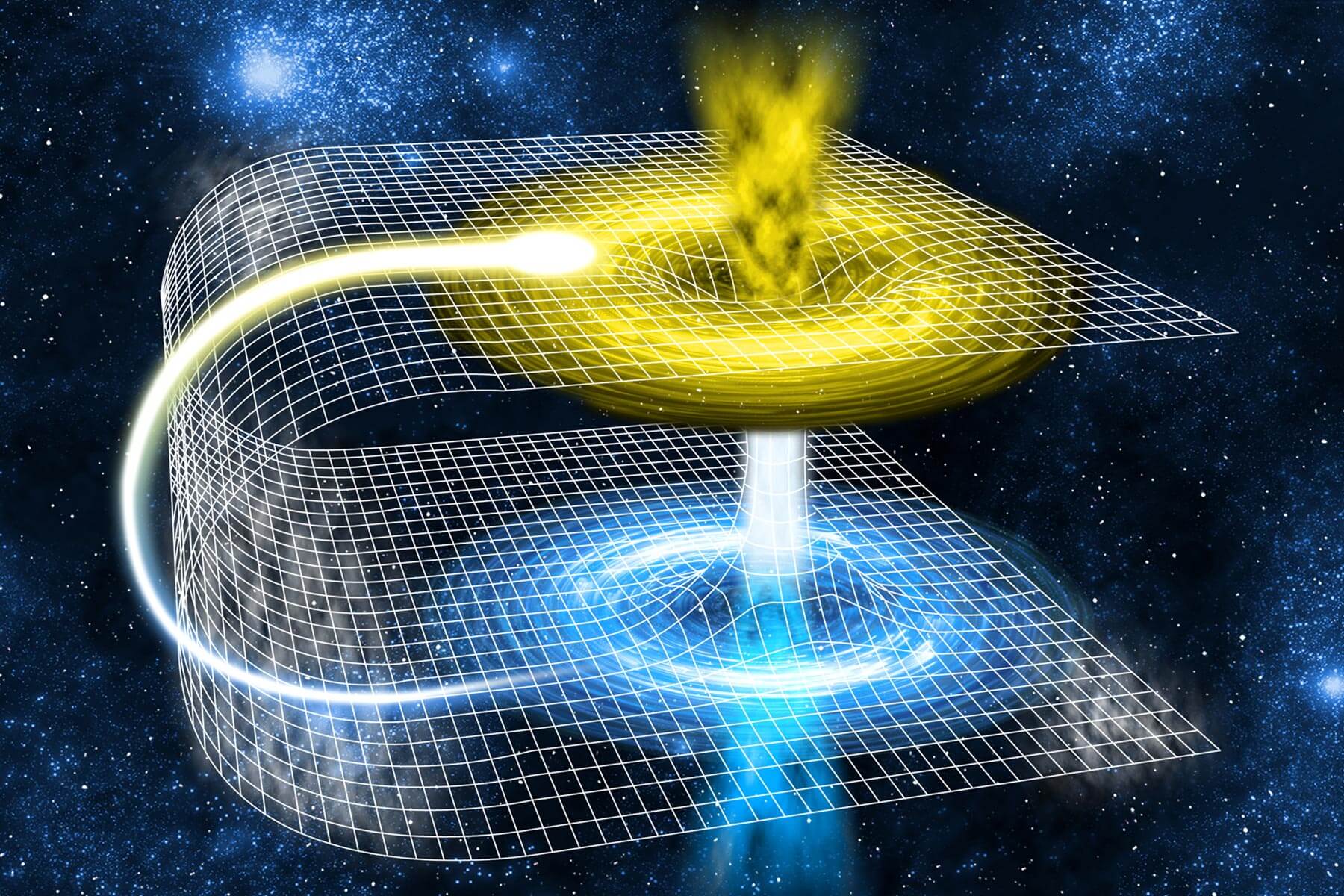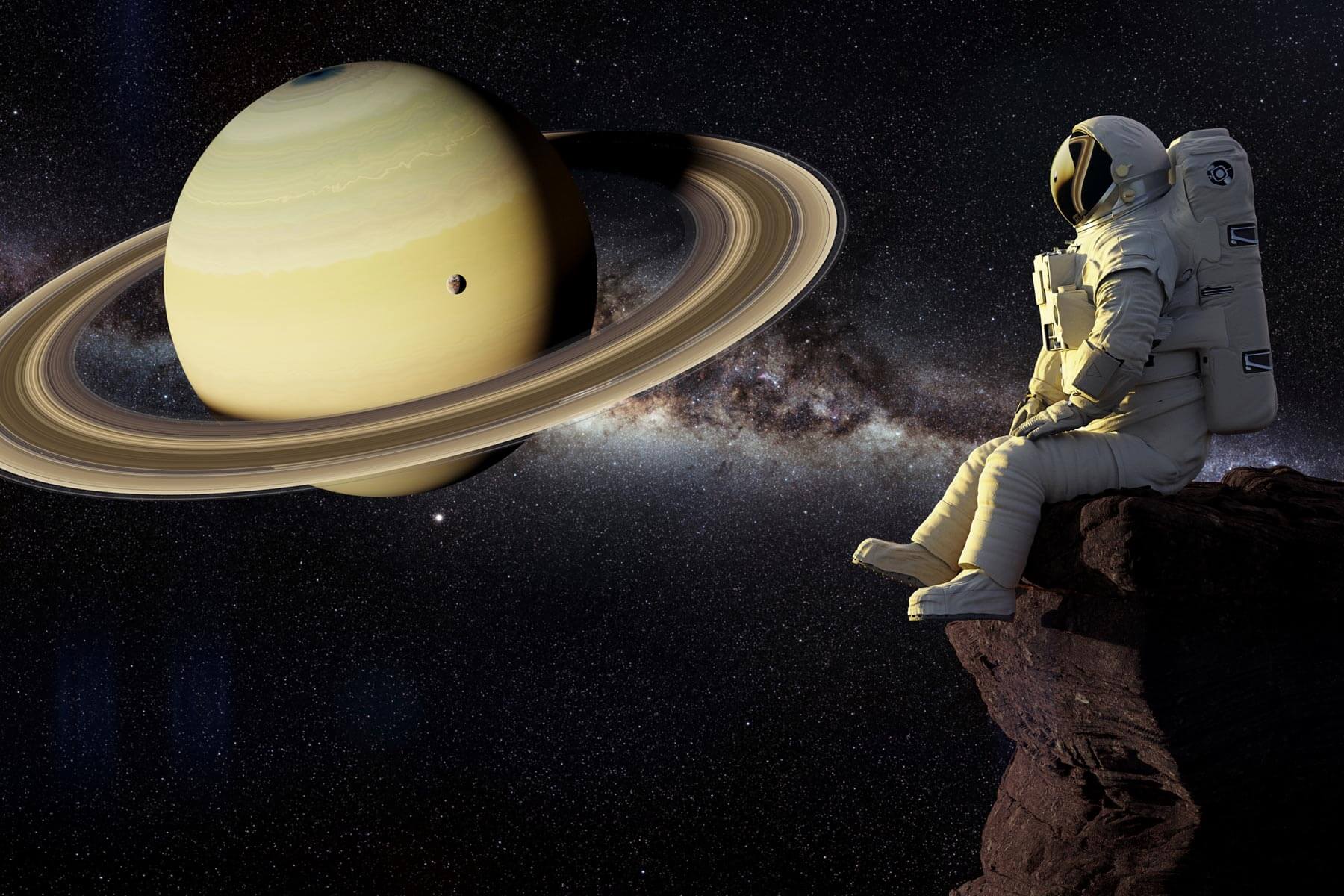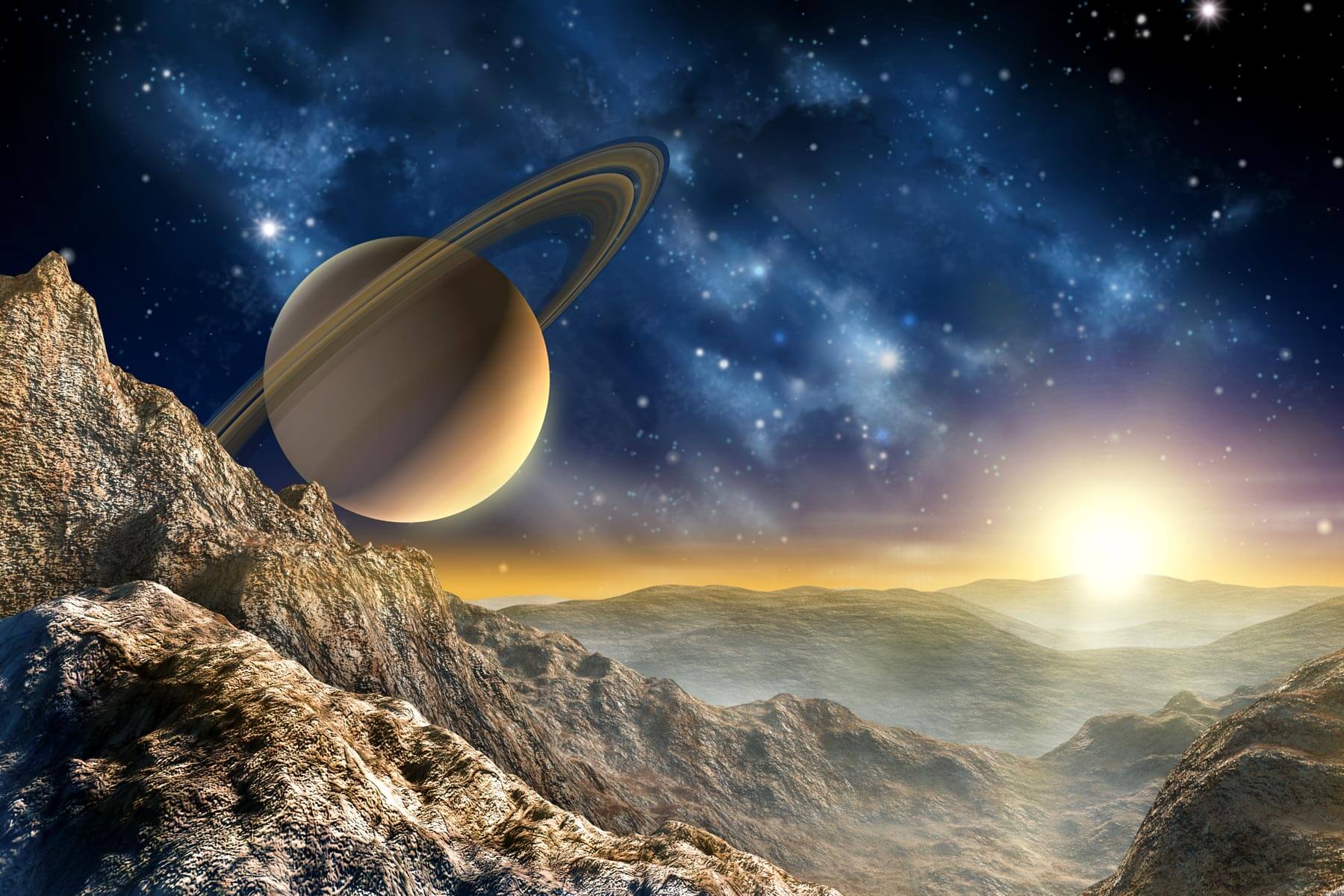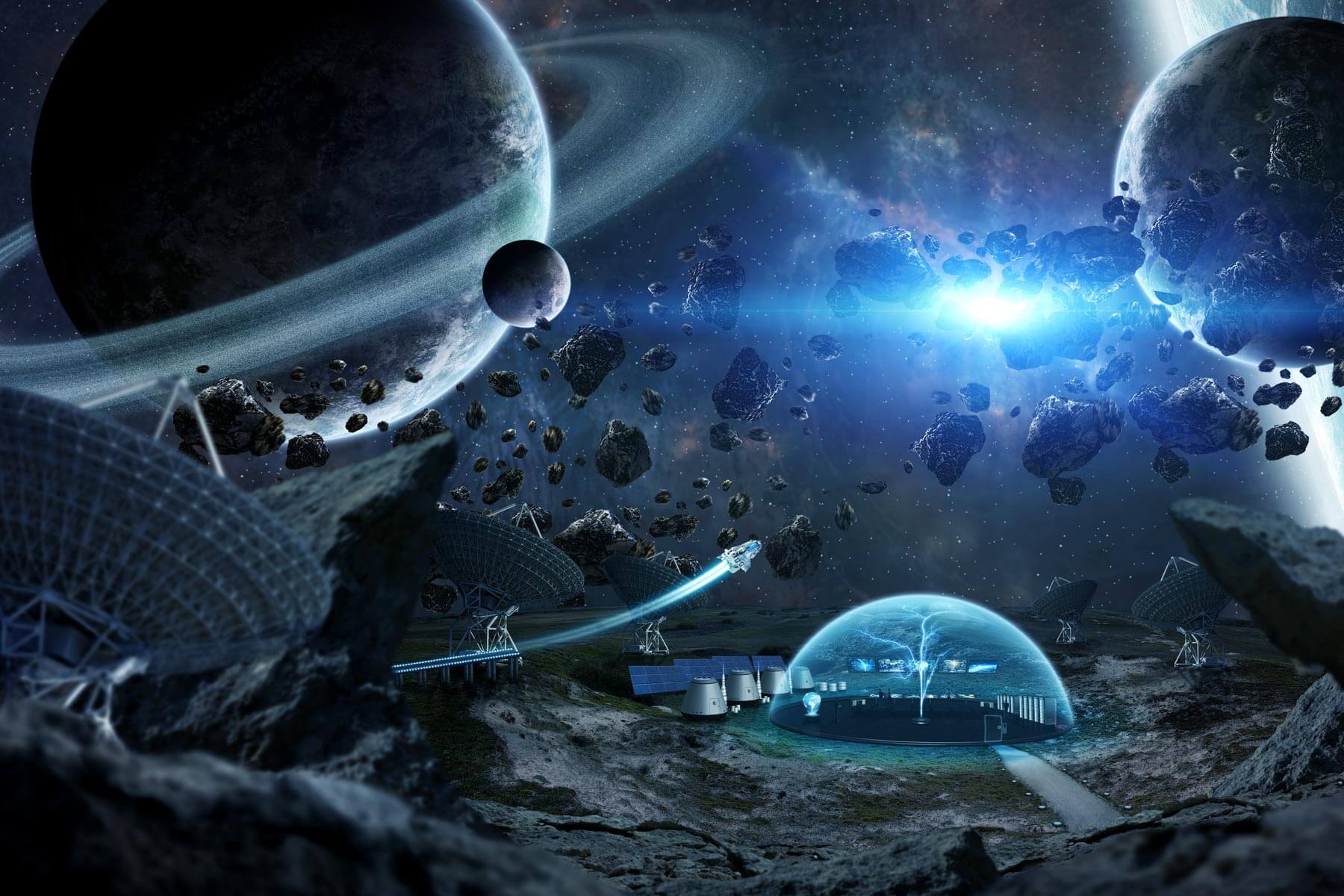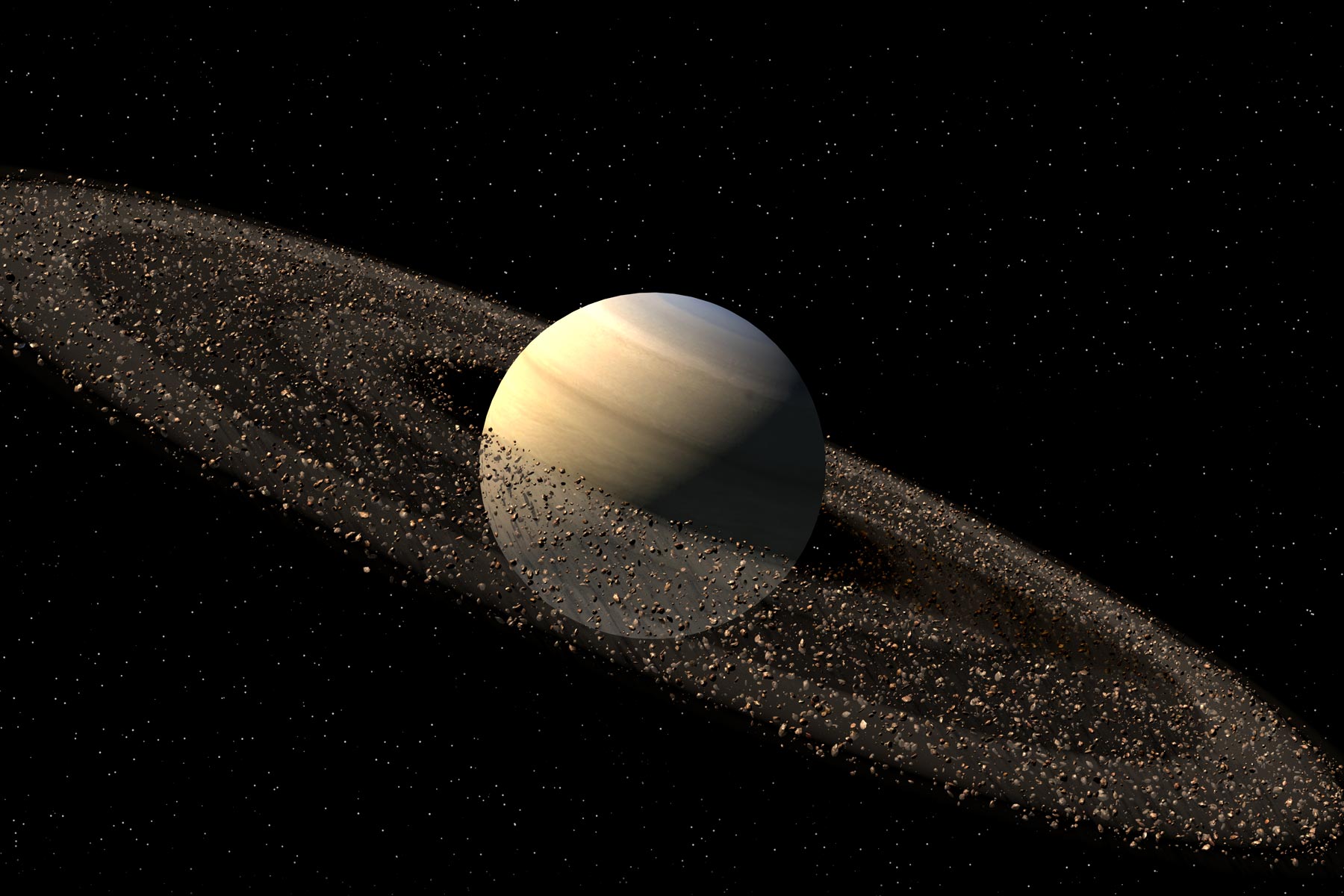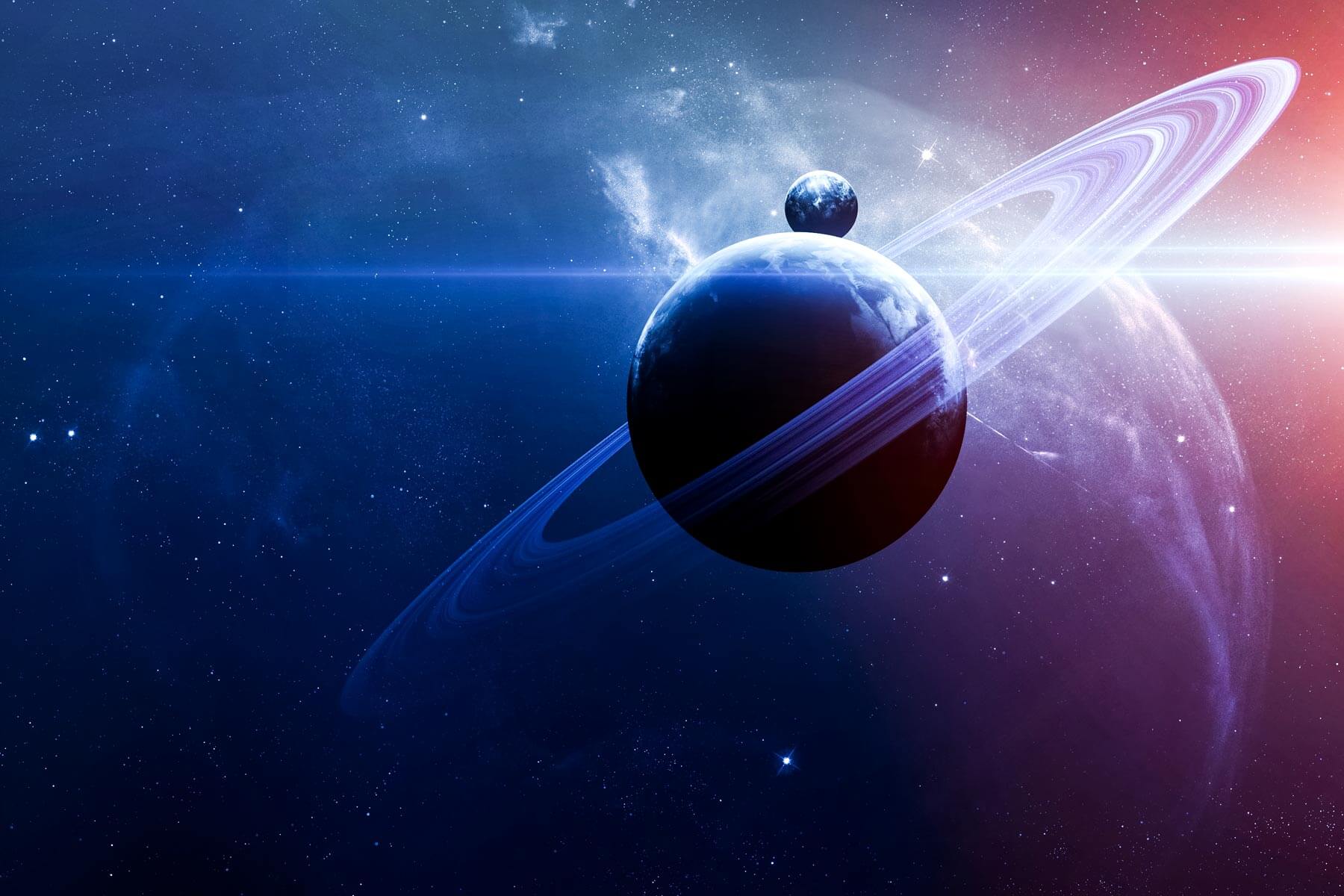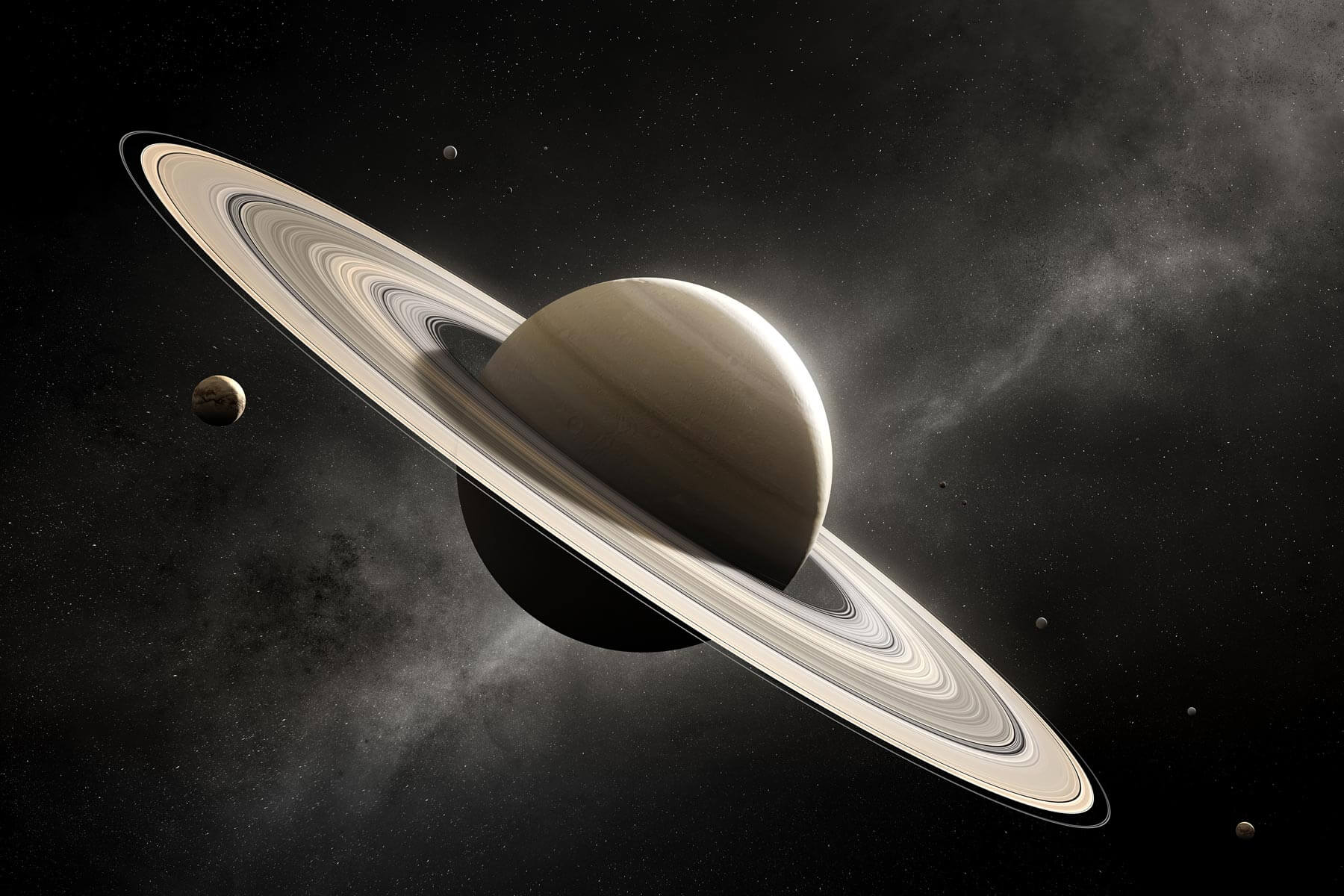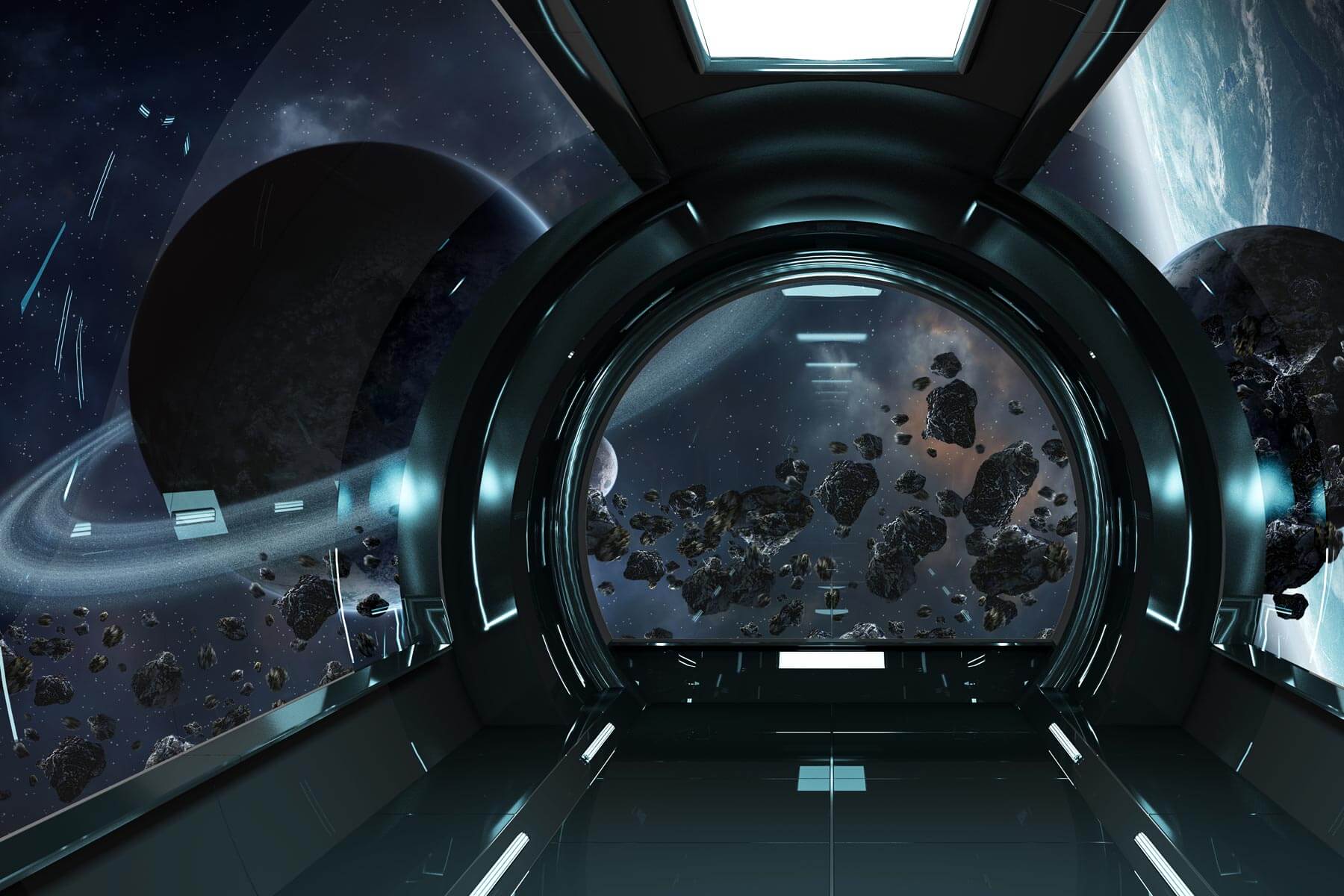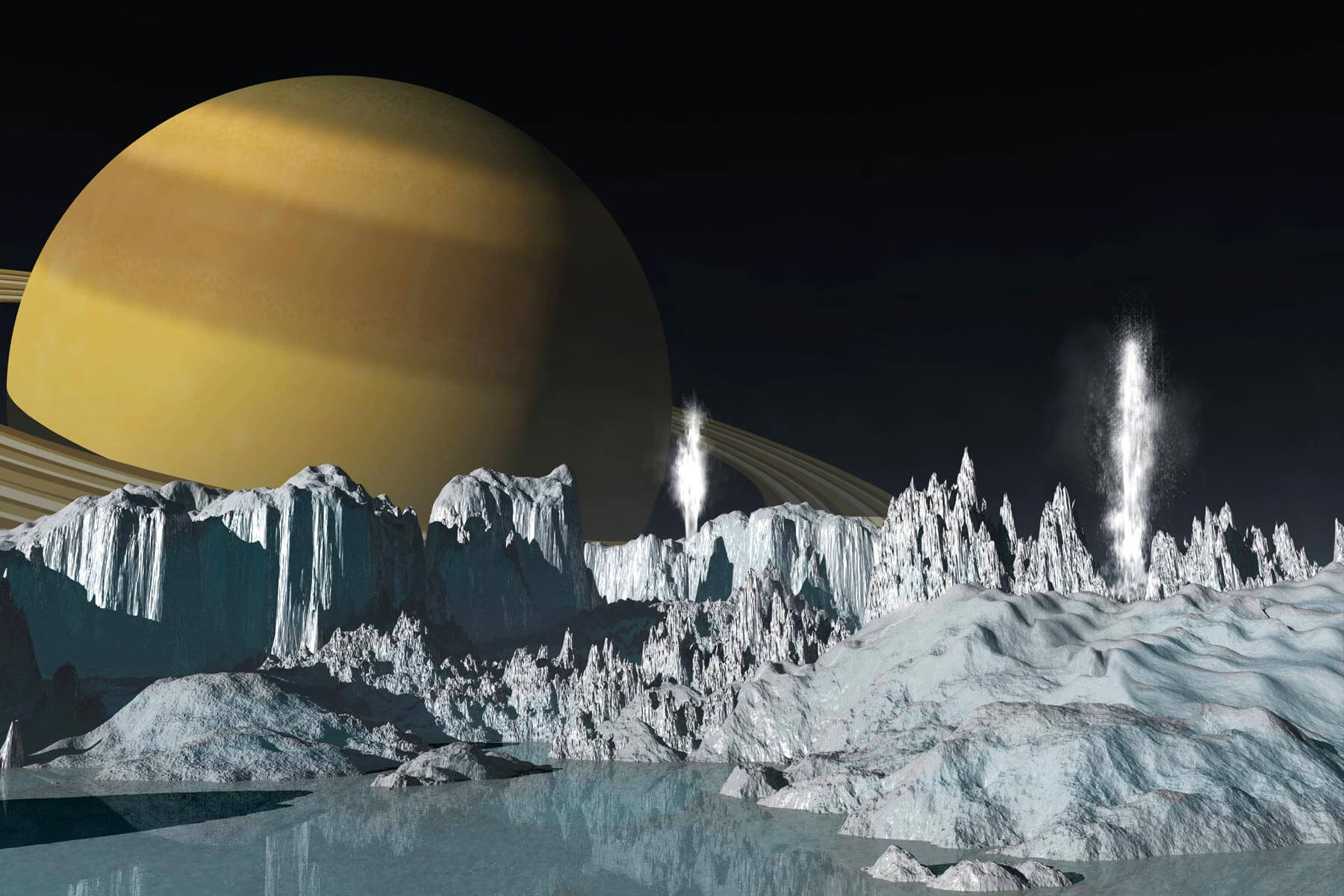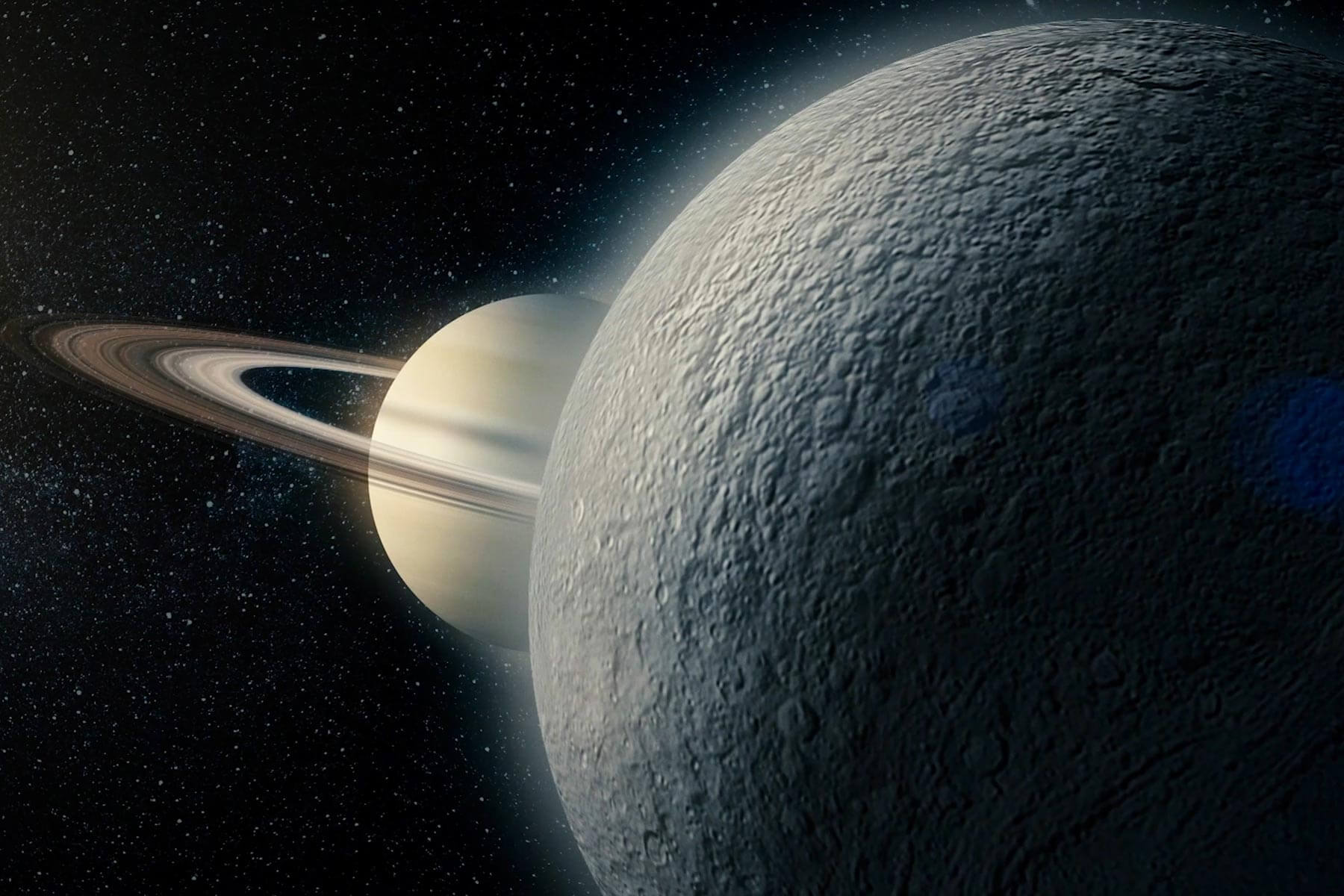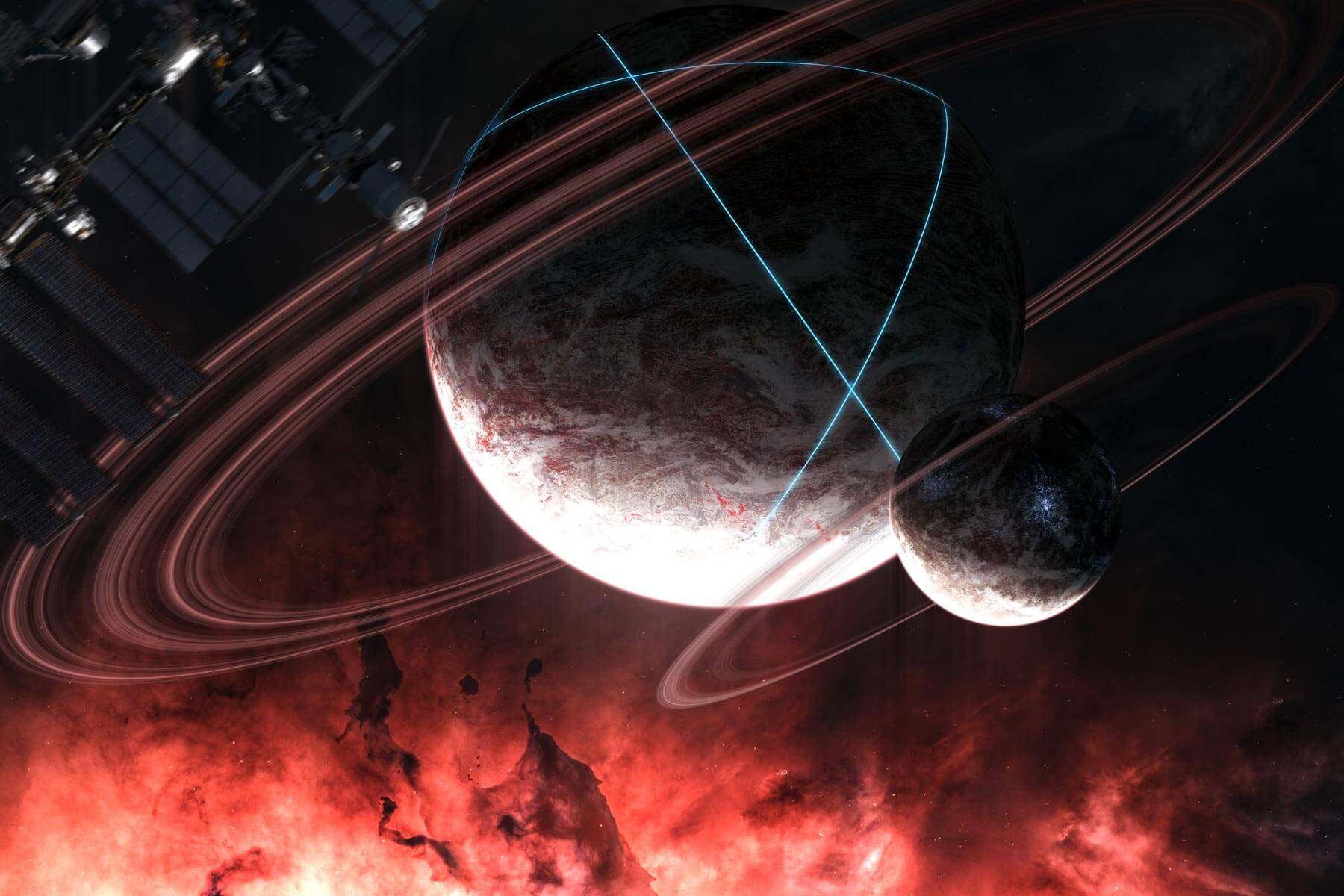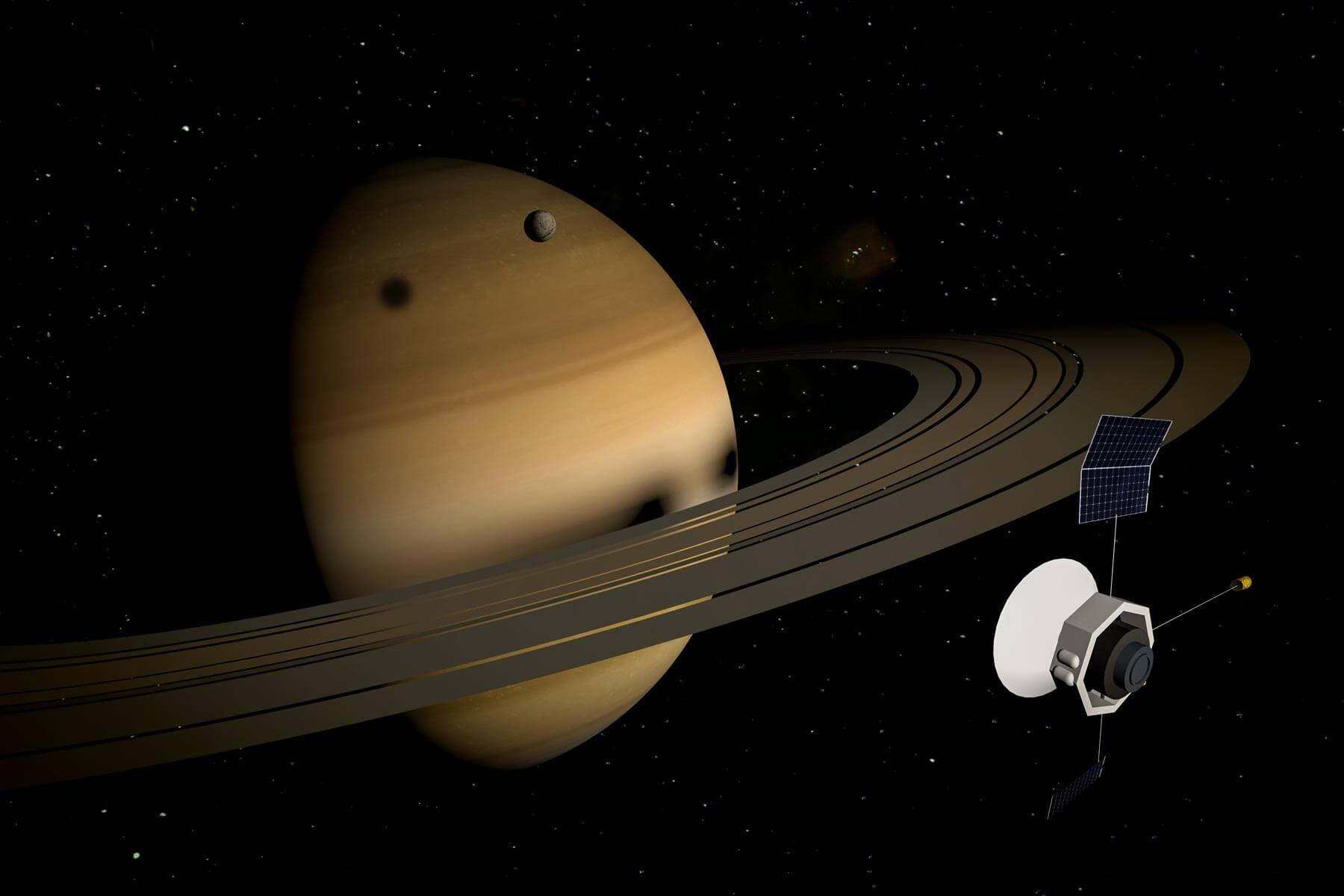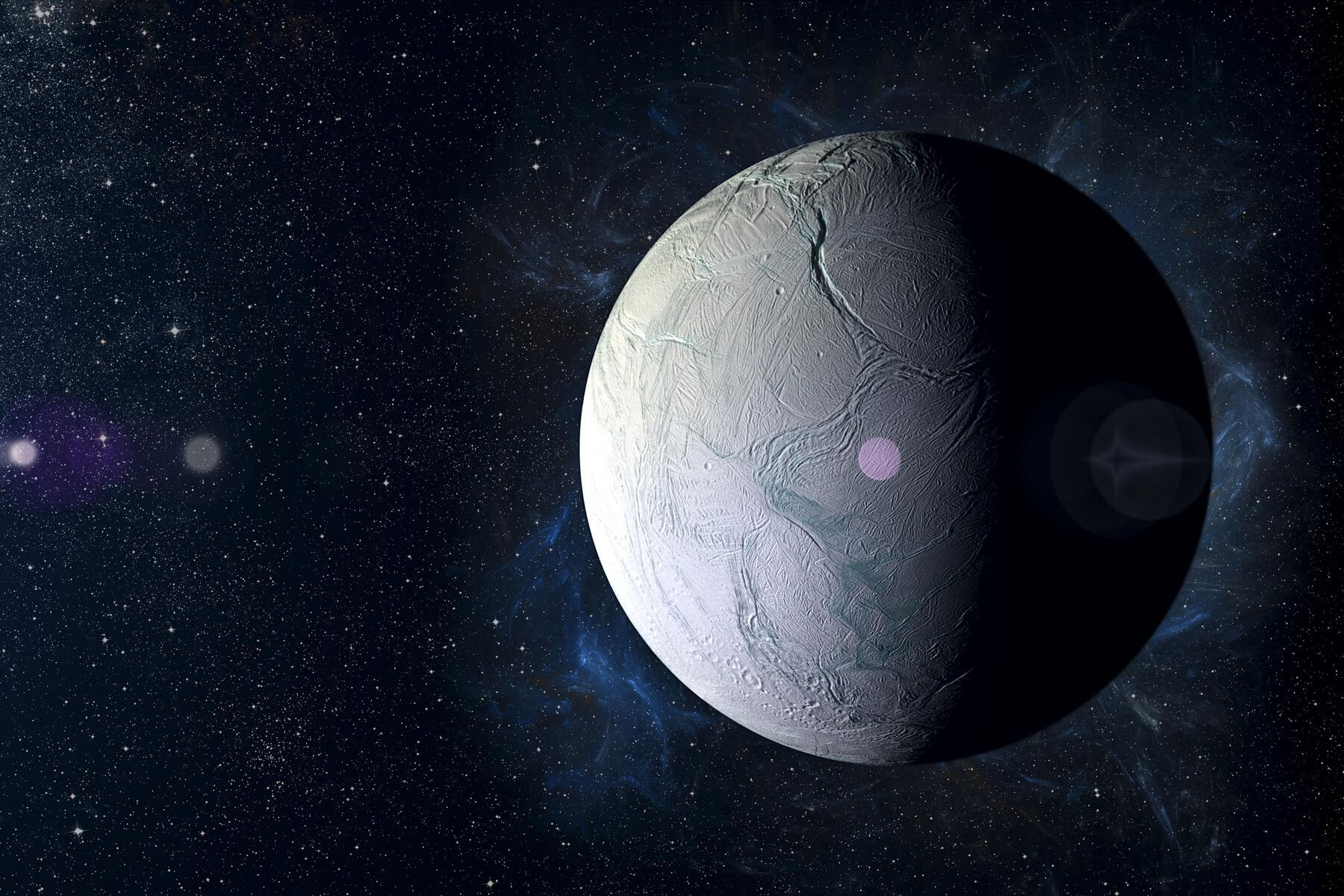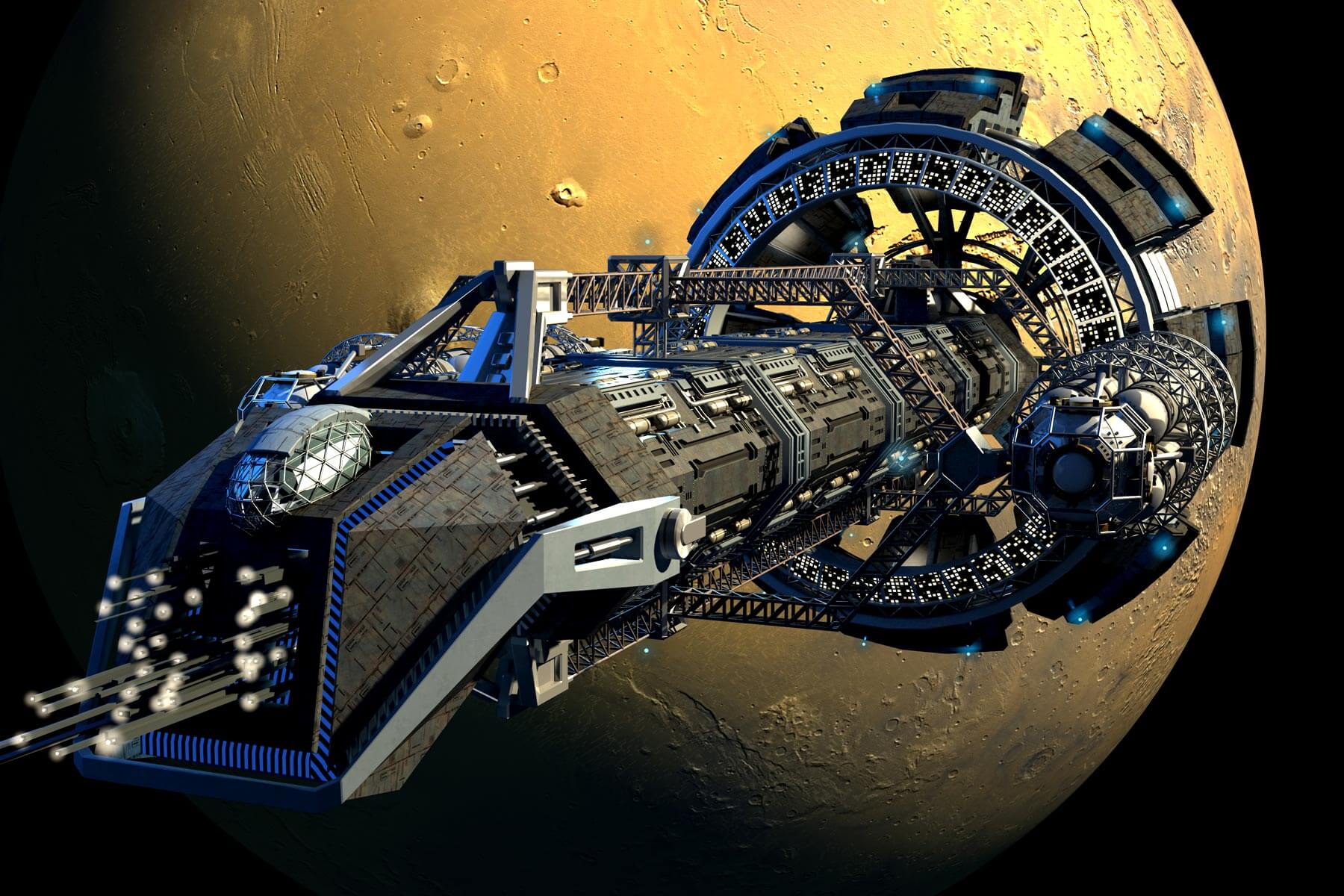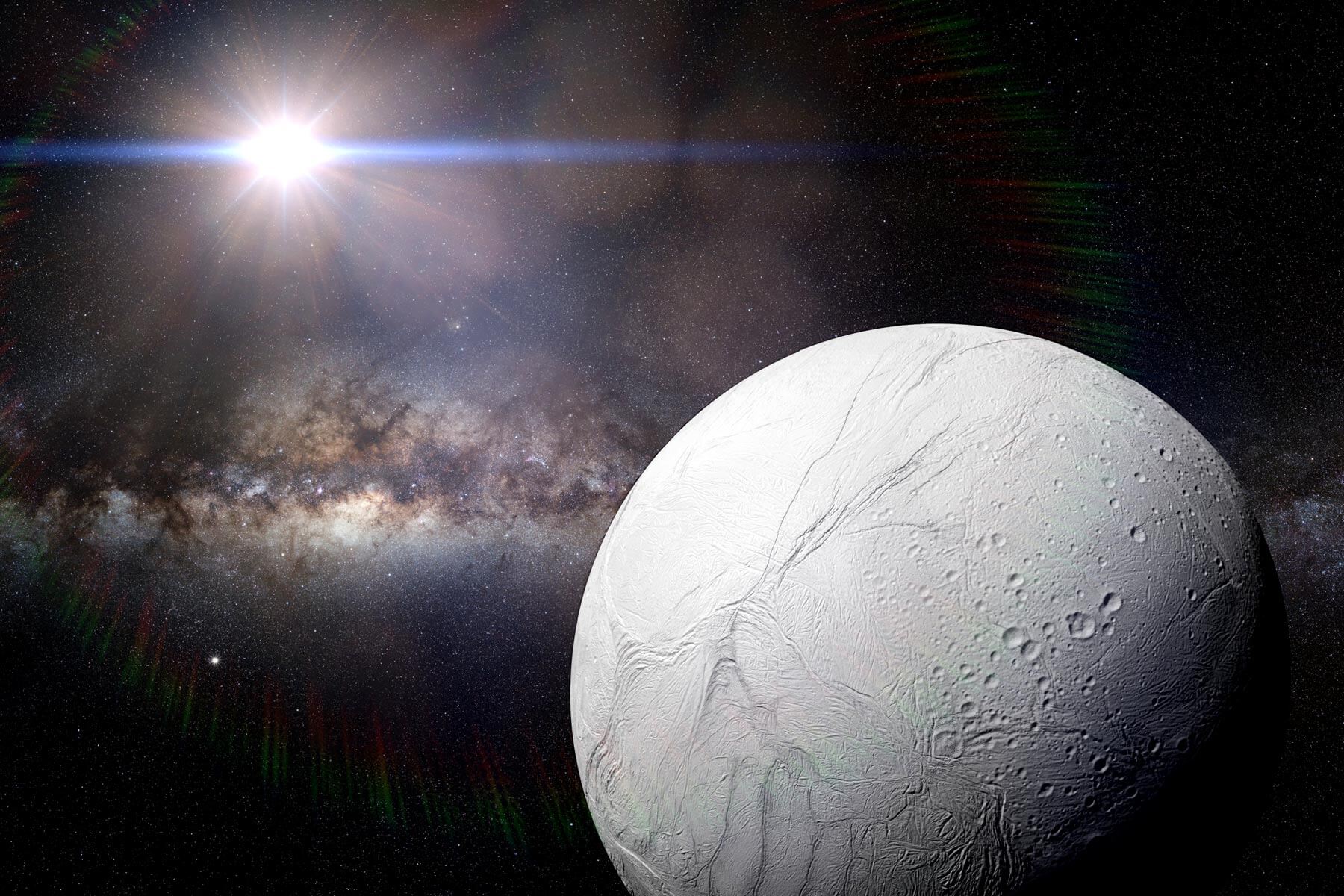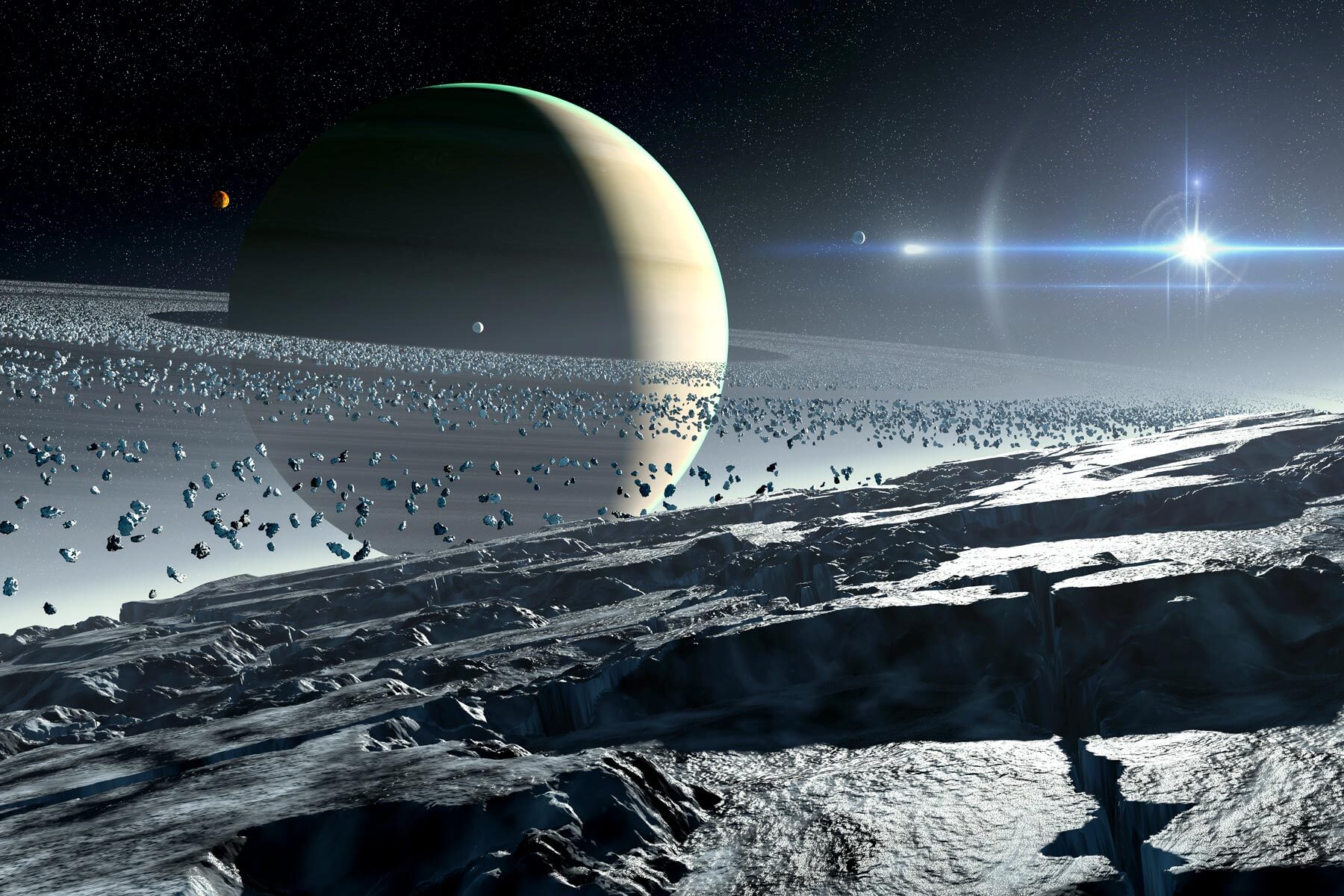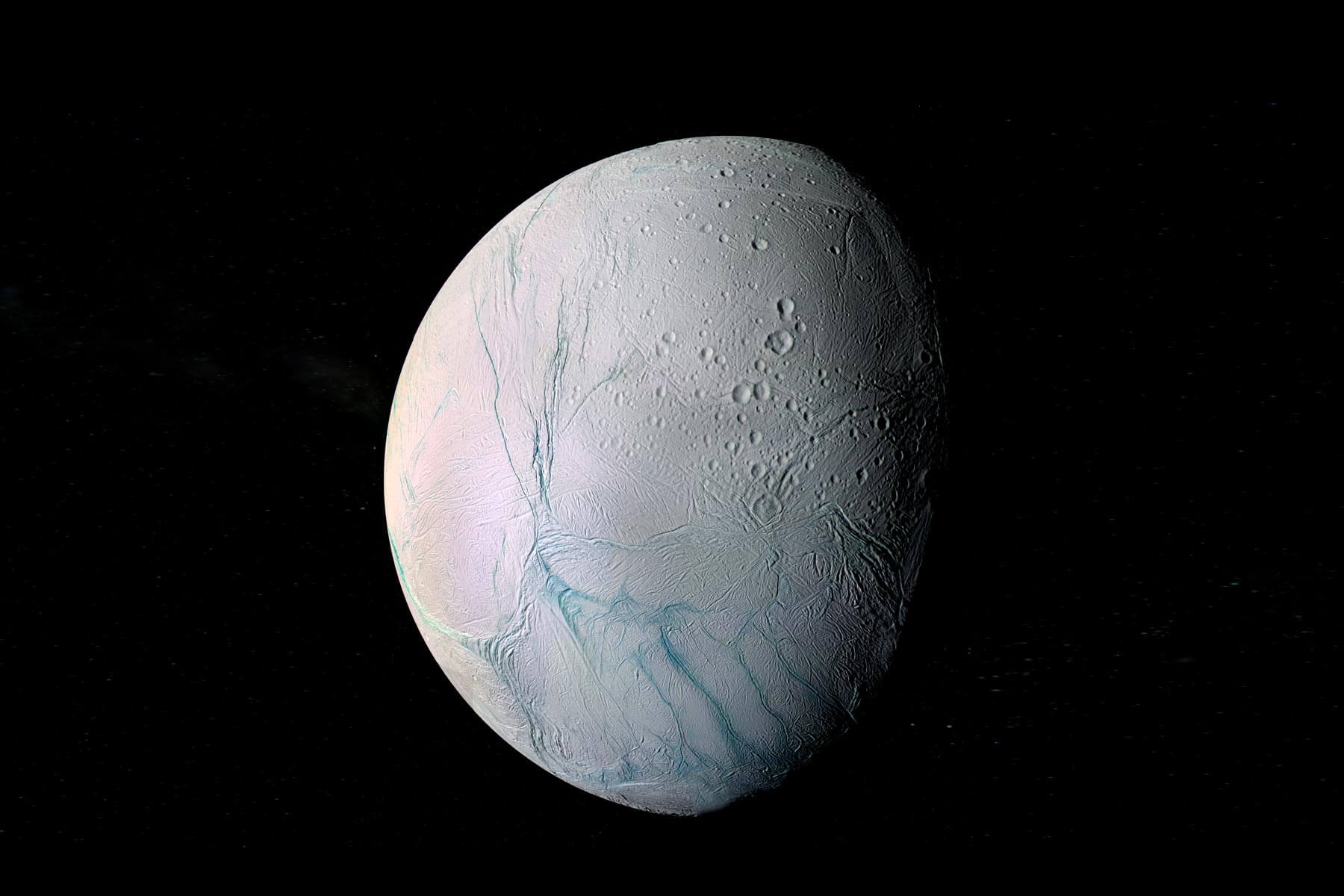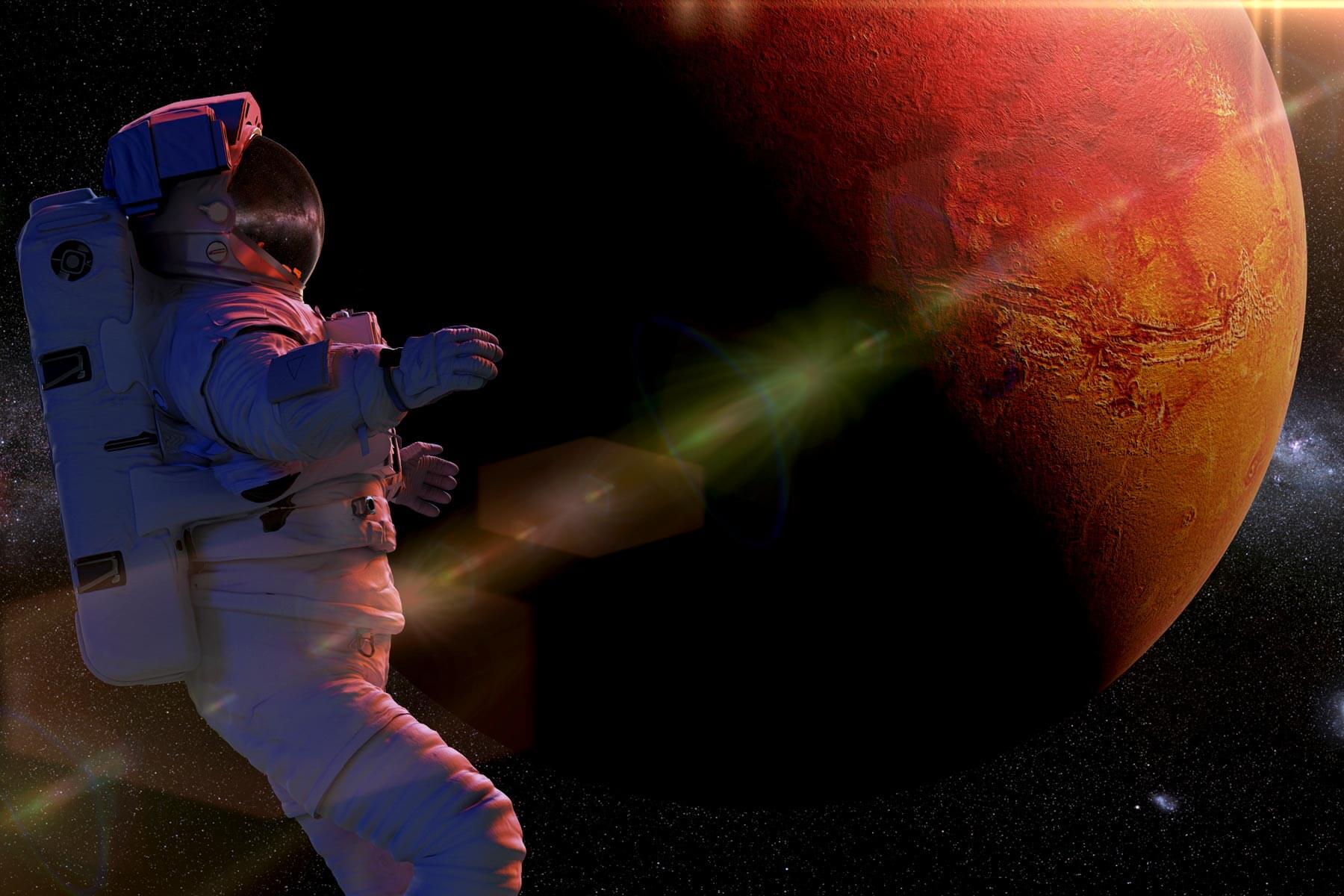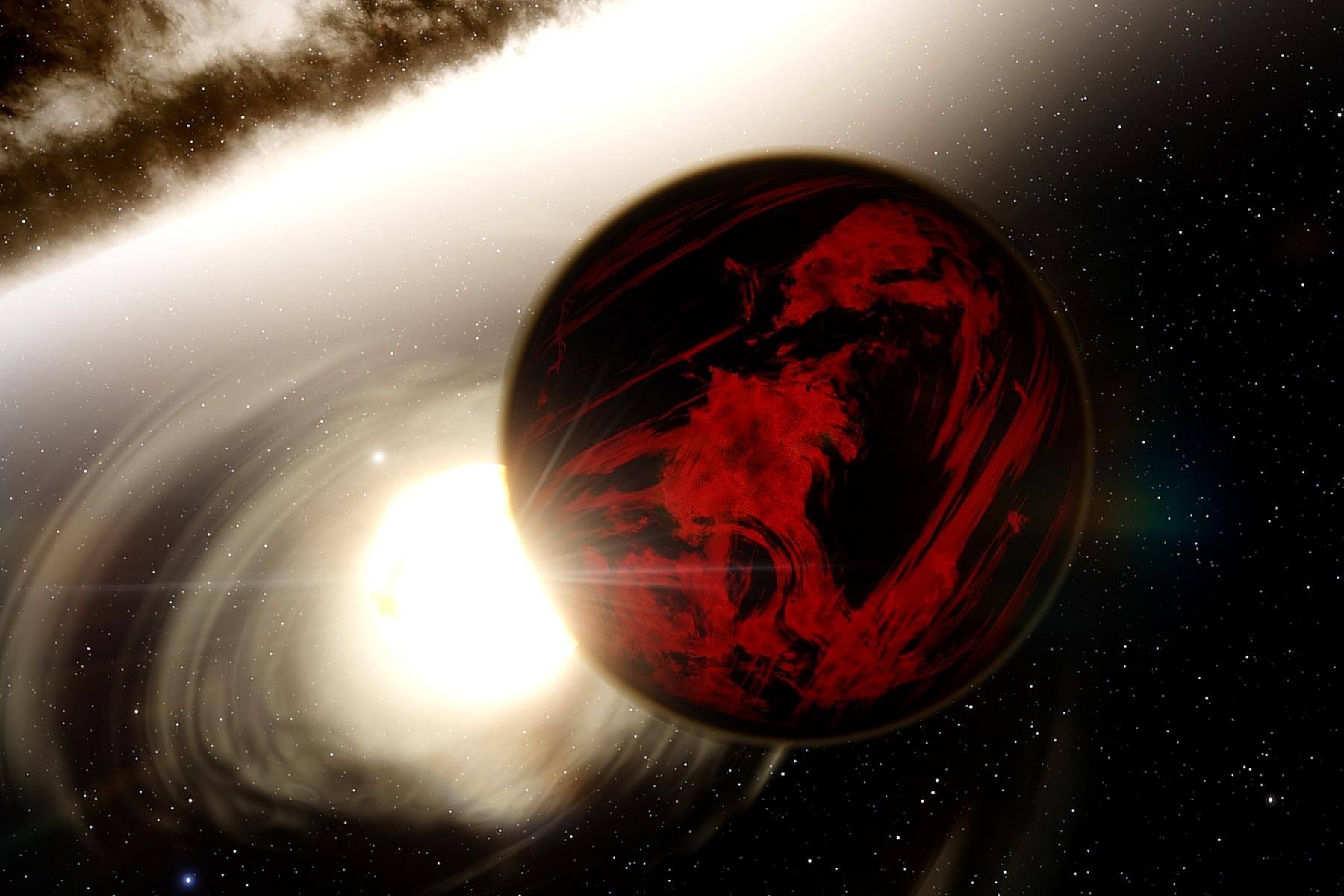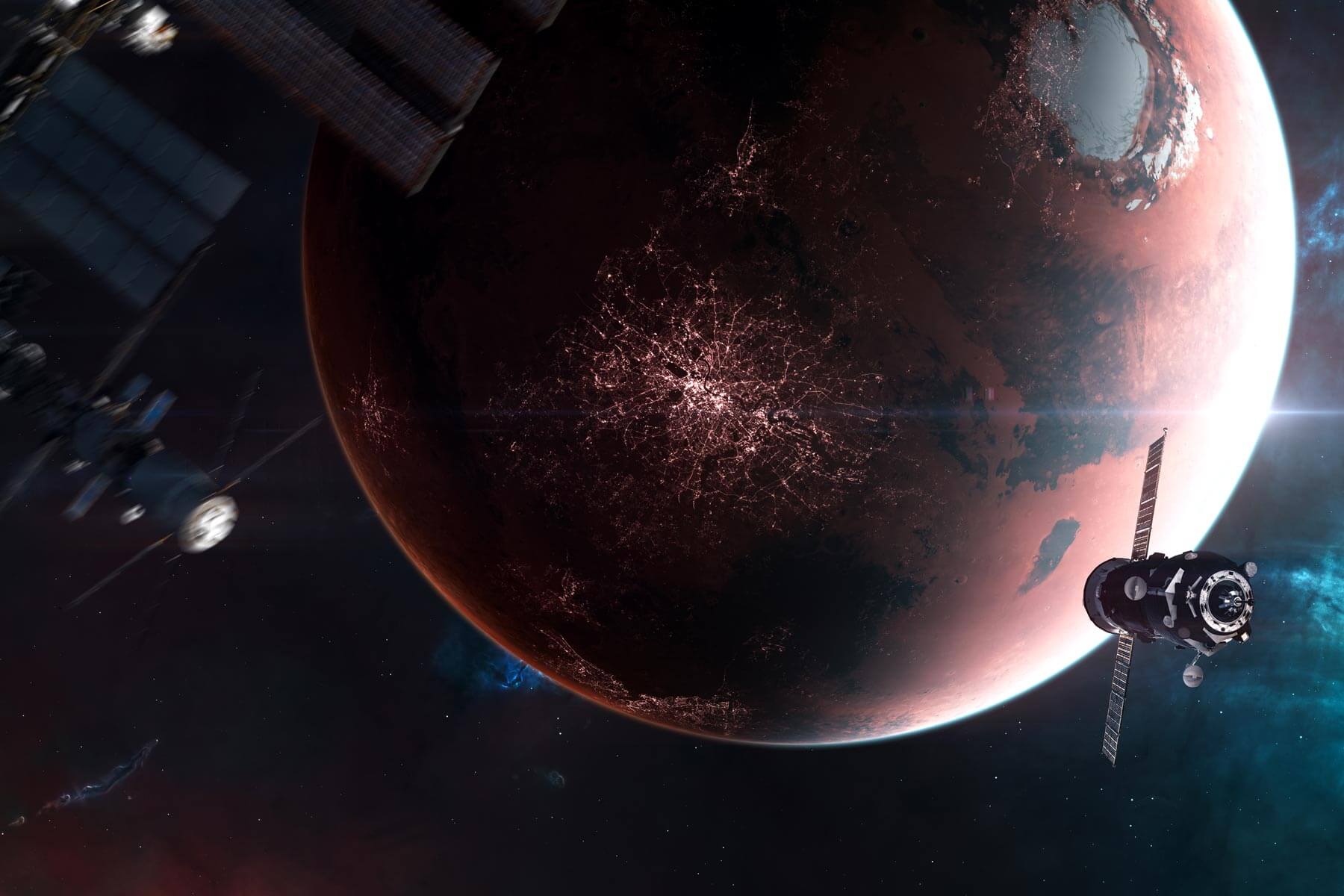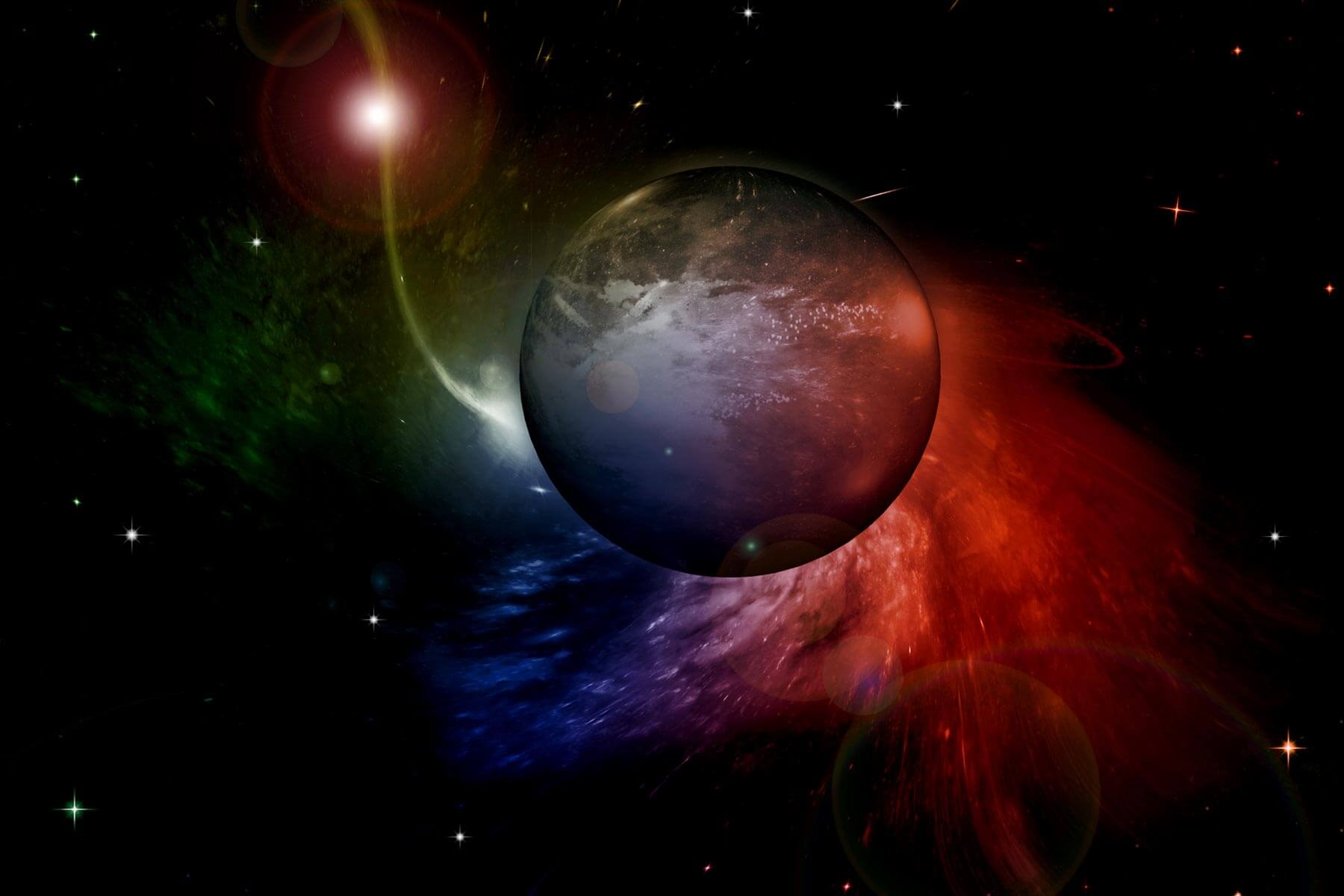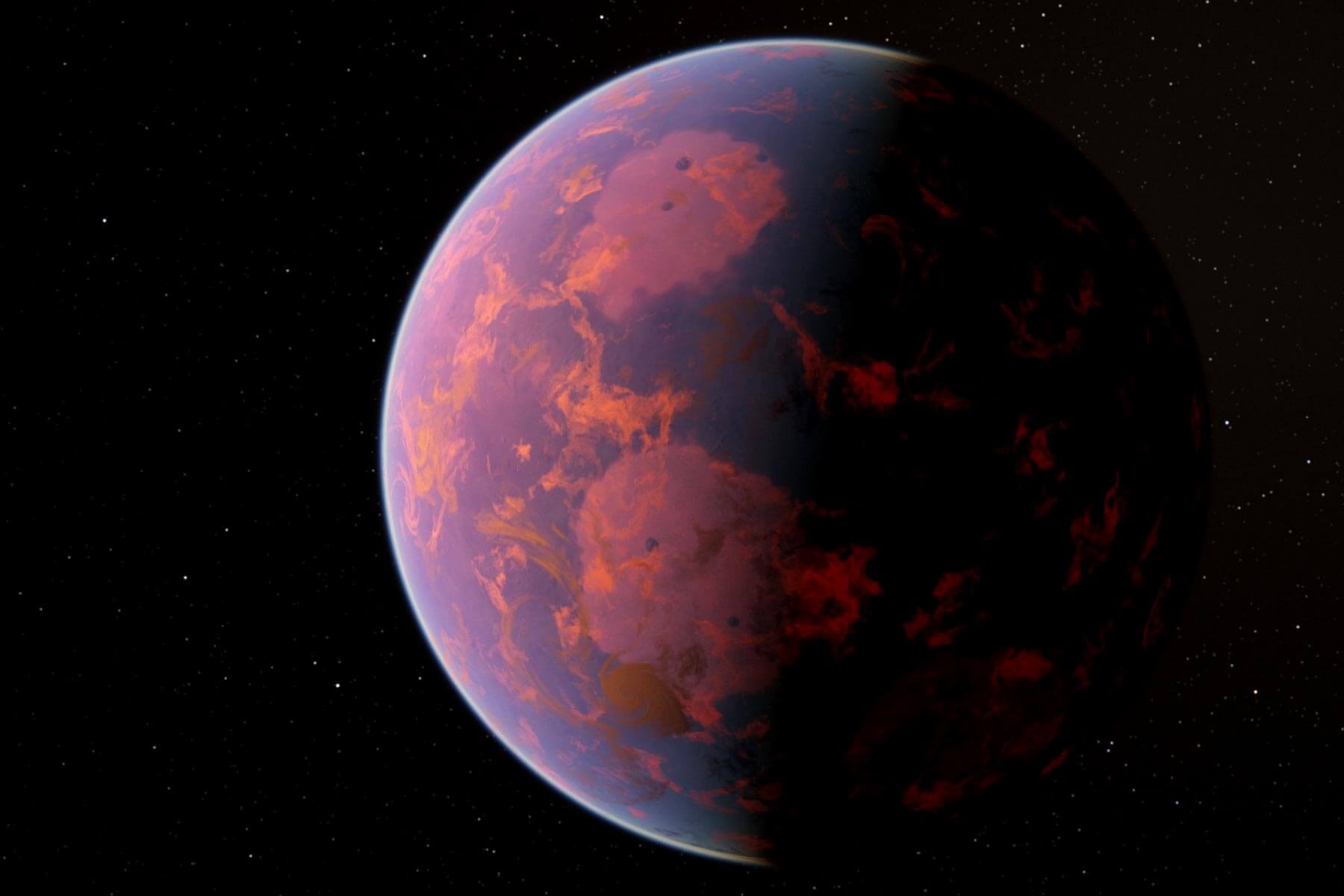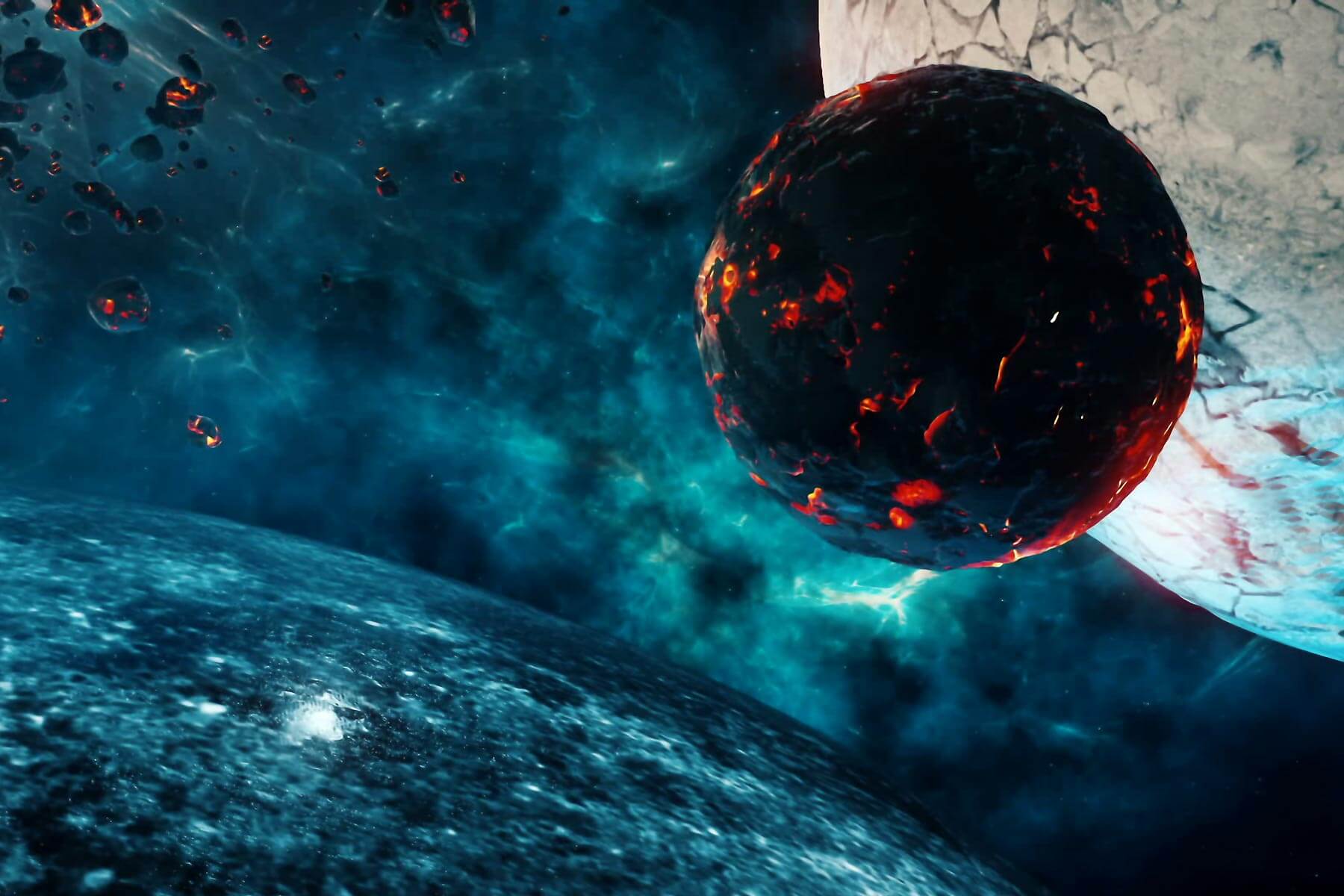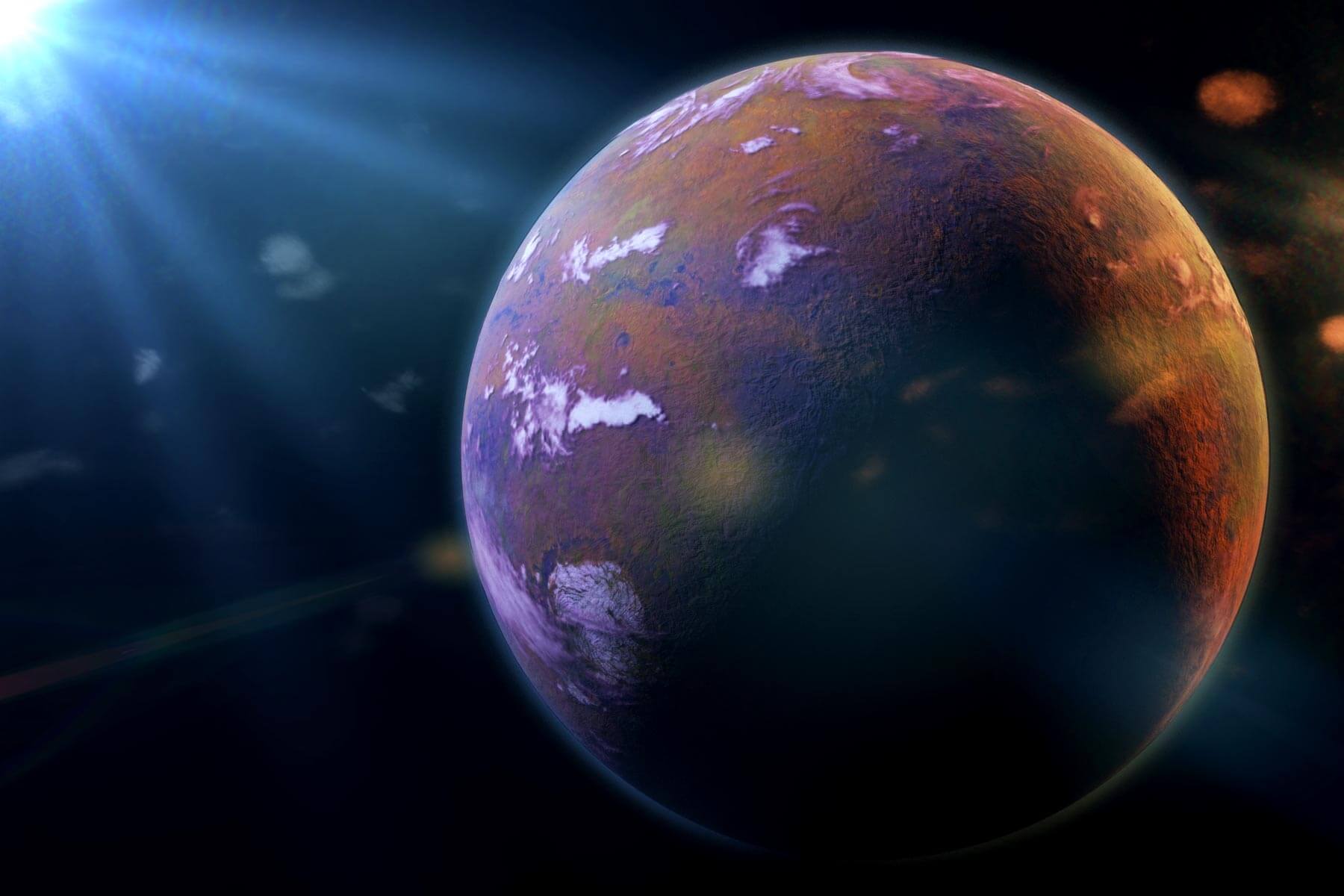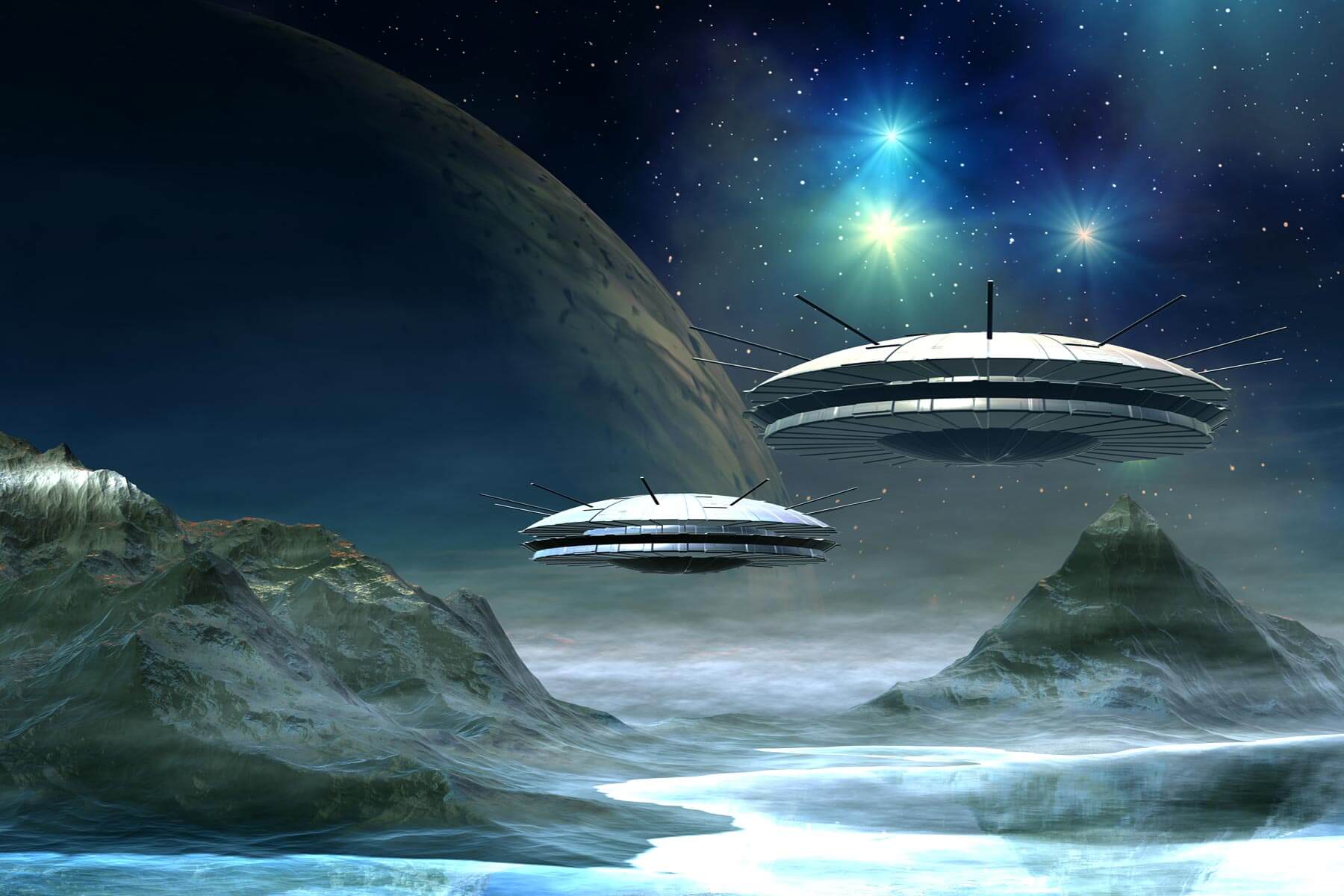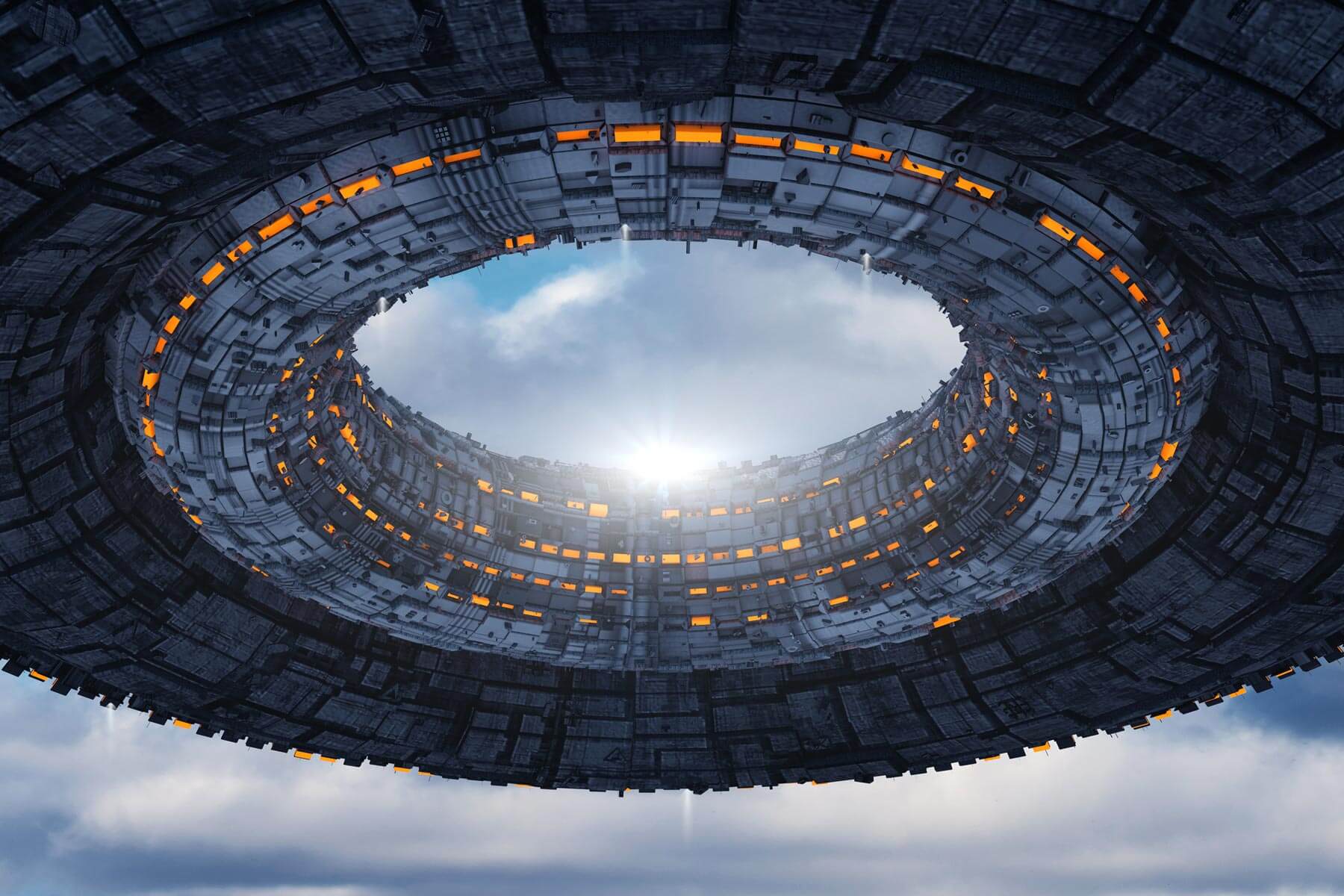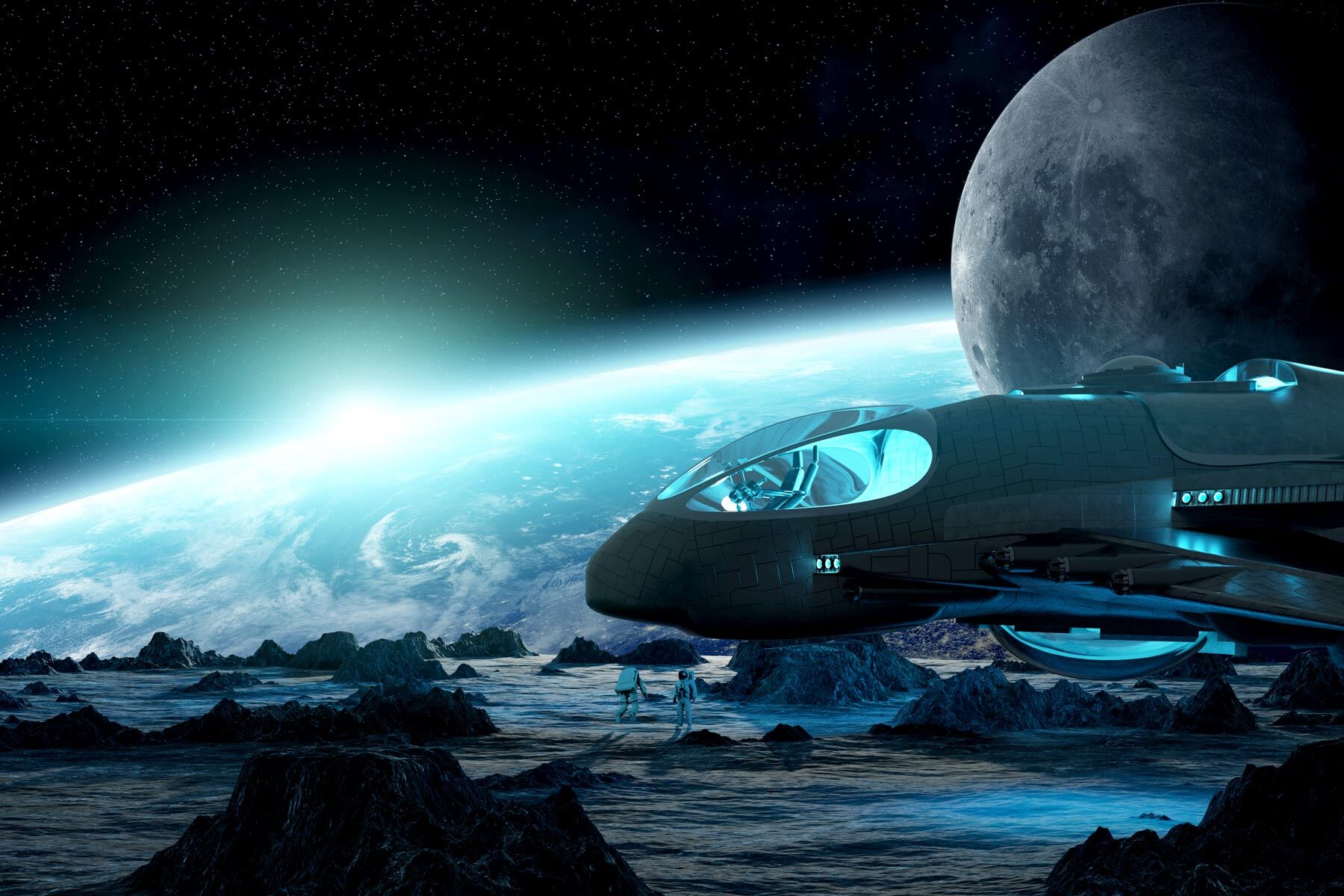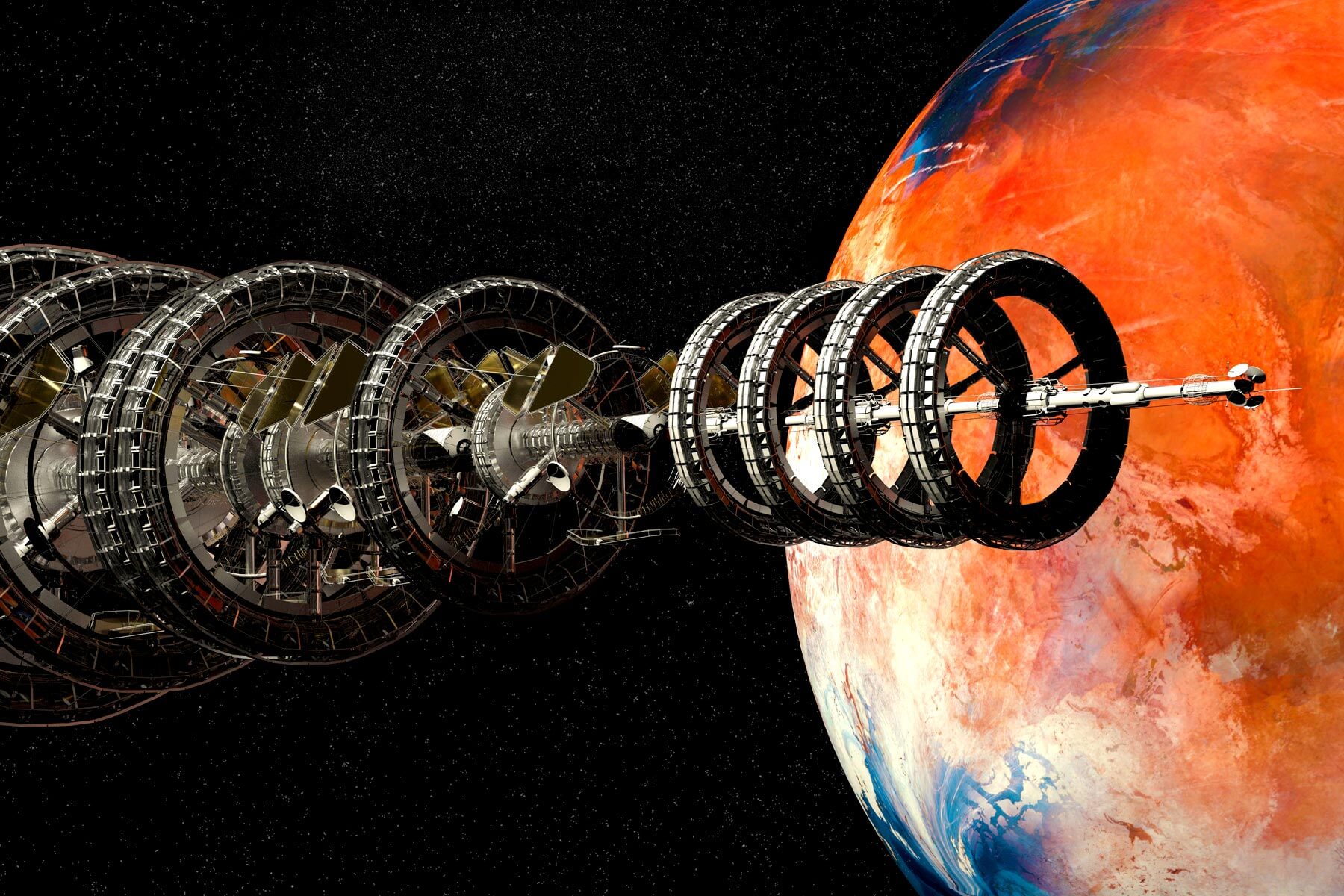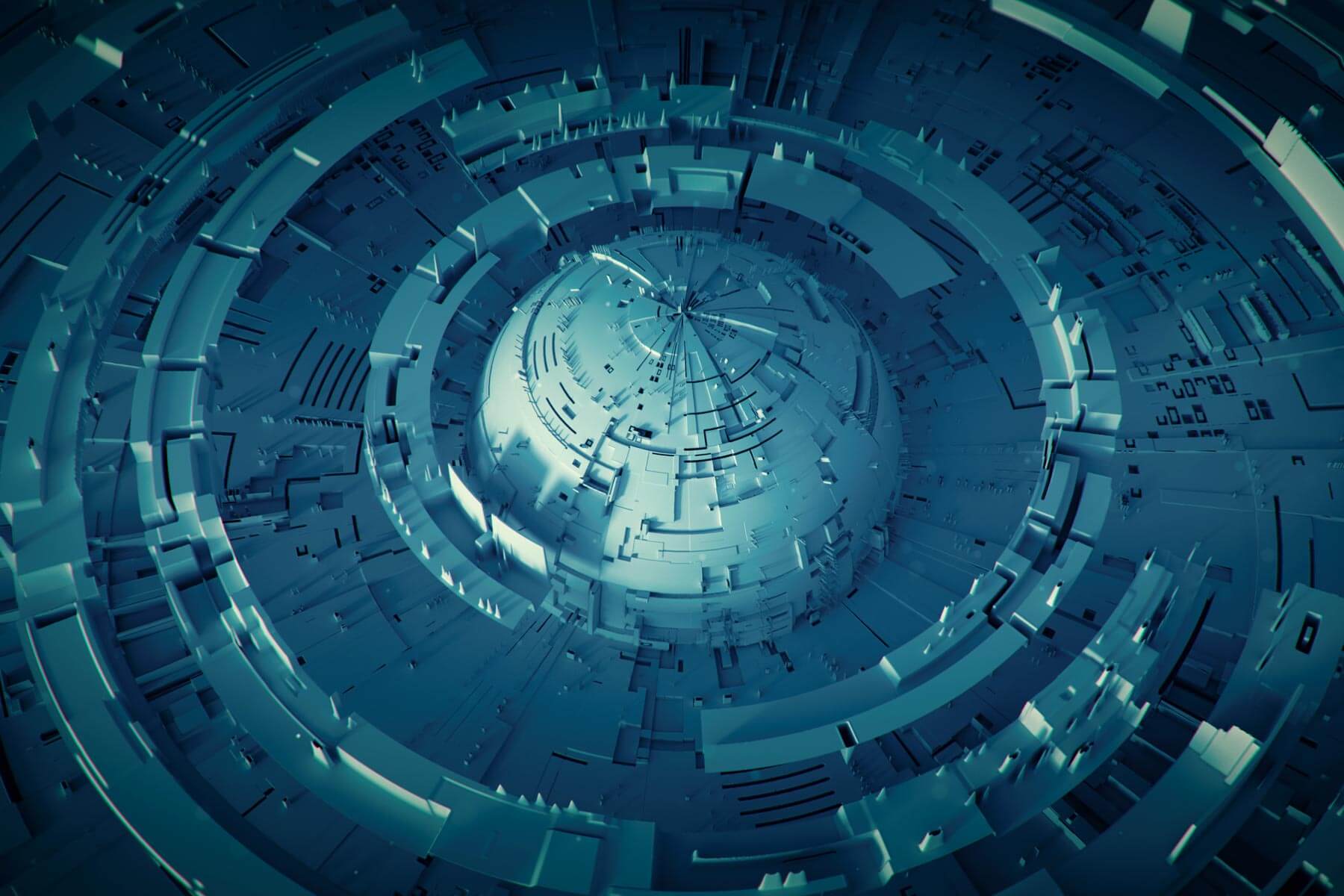INTERSTELLAR TRAVEL
NGC Intergalactic has an ambitious vision and curiosity
INTERSTELLAR TRAVEL
NGC Intergalactic has an ambitious vision and curiosity
TERRAFORMING EARTH
Applying biochemistry to resurrect a dying planet
Radically reversing the degradation of the Earth’s oceans and atmosphere is not the daunting and insurmountable challenge that many in the media believe. Using natural chemistry, we can simply absorb the issue of carbon dioxide levels by fixing the carbon using the earth’s natural processes. Through a simple combination of rewilding, managed grazing, carbonic acid fixation and engineering vast bacterial and phytoplankton colonies we can readily reverse the process of fossil fuel oxidation.
Over the past three hundred years, our collective industry has resulted in over 2,000 Gigatons of carbon dioxide entering the atmosphere, equivalent to the combined mass of over ten million skyscrapers.
While reforestation is an ideal solution this is far from straightforward as it often involves the loss of farmland and would require generations to achieve even if temperate forests could sequester some three metric tonnes of carbon dioxide per year. By managed grazing alone, vast tracts of semi-arid plains and deserts could be restored to their former status as grasslands. If only a third of these were rewilded we would restore atmospheric carbon dioxide to pre-industrial levels.
„WE WILL NEED TO TRAVEL TO NEIGHBOURING STAR SYSTEMS TO VISIT EXOPLANETS THAT MIGHT BE FIT FOR HUMAN COLONISATION AS OUR EARTHLY LIVING SPACE BECOMES EVER MORE CROWDED.”
Restoring nature's balance by the appliance of science
Their function could readily be restored by adding waste biomass, or compost, to exhausted soils and farmland with their vast hordes of carbon-fixing bacteria within the ‘rhizosphere’ which absorb bicarbonate from the soil which is synthesised when carbon dioxide dissolves in water.
Restoring nature's balance by the appliance of science
Their function could readily be restored by adding waste biomass, or compost, to exhausted soils and farmland with their vast hordes of carbon-fixing bacteria within the ‘rhizosphere’ which absorb bicarbonate from the soil which is synthesised when carbon dioxide dissolves in water.
„OUR GOAL IS TO USE THE POWER OF THE STARS TO ENABLE US TO RETURN TO THEM.”
„OUR GOAL IS TO USE THE POWER OF THE STARS TO ENABLE US TO RETURN TO THEM.”
„AT NGC WE ARE DRIVEN TO EXPLORE THE POWER OF PLASMA AND TO TURN ITS VAST POTENTIAL INTO INTERPLANETARY MOTION.”
„AT NGC WE ARE DRIVEN TO EXPLORE THE POWER OF PLASMA AND TO TURN ITS VAST POTENTIAL INTO INTERPLANETARY MOTION.”
PLASMA TECHNOLOGY
... could facilitate warp speeds. The high specific impulse of plasma thrusters could enable us to approach the speed of light
Plasma thrust engines hold great promise for the future and retain the possibility of reaching sub-light speeds with a theoretical specific impulse of impulse, a measure of exhaust gas velocity, greater than 12,000 s, six times that of today’s Hall thrusters. The most promising of these is the Helicon double-layer thruster developed by the Australian National University.
„THE HIGH SPECIFIC IMPULSE OF PLASMA THRUSTERS COULD ENABLE US TO REACH ANOTHER STAR SYSTEM WITHIN A DECADE.”
„THE HIGH SPECIFIC IMPULSE OF PLASMA THRUSTERS COULD ENABLE US TO REACH ANOTHER STAR SYSTEM WITHIN A DECADE.”

MISSION TO TITAN
Recovering the resources of the solar system

MISSION TO TITAN
Recovering the resources of the solar system
TAPPING TITAN'S RESOURCES
Mining a galaxy of untold riches
At first sight, Titan’s moonscape closely resembles one that is familiar to our own terrain, although as the surface temperature fluctuates around -290°F, its solid surface is largely composed of rocks made of water ice and rivers of methane. The equator is covered by sand dunes of drifting organic materials and much of the remainder of its eerily familiar surface is hilly, crisscrossed by river valleys although, beneath this icy mantle, is believed to be a rocky core heated by radioactive elements. Sandwiched between the warm core and the icy surface is a sea of liquid water made possible by the heat and immense pressure exerted by the dense frozen crust.
Indeed, the pressures are so immense that icy volcanoes regularly erupt on its surface and the moon is thought to be cryo-volcanically active. Titan’s frigid atmosphere is composed of nitrogen and methane and it has complex weather systems like earth. The composition of its core and mineral resources however remains to be established and so it is proposed that a mission be sent to Titan to uncover its hidden riches that lie beneath the icy depths of its lakes and inner ocean.
- Hydrogen
-
Platinum
-
Titanium
-
Gold
-
Iridium
TAPPING TITAN'S RESOURCES
Mining a galaxy of untold riches
At first sight, Titan’s moonscape closely resembles one that is familiar to our own terrain, although as the surface temperature fluctuates around -290°F, its solid surface is largely composed of rocks made of water ice and rivers of methane. The equator is covered by sand dunes of drifting organic materials and much of the remainder of its eerily familiar surface is hilly, crisscrossed by river valleys although, beneath this icy mantle, is believed to be a rocky core heated by radioactive elements. Sandwiched between the warm core and the icy surface is a sea of liquid water made possible by the heat and immense pressure exerted by the dense frozen crust.
Indeed, the pressures are so immense that icy volcanoes regularly erupt on its surface and the moon is thought to be cryo-volcanically active. Titan’s frigid atmosphere is composed of nitrogen and methane and it has complex weather systems like earth. The composition of its core and mineral resources however remains to be established and so it is proposed that a mission be sent to Titan to uncover its hidden riches that lie beneath the icy depths of its lakes and inner ocean.
- Hydrogen
-
Platinum
-
Titanium
-
Gold
-
Iridium
TERRAFORMING TITAN
ENCELADUS
Moon of Ice and Fire
ENCELADUS
Moon of Ice and Fire
„THIS SMALL, YET BRILLIANT MOON CONTAINS ALL THAT IS NEEDED TO SUPPORT LIFE AND ENABLE HUMANKIND’S DEEPER EXPLORATIONS OF THE SOLAR SYSTEM AND BEYOND.”
PLANNING THE COLONISATION OF OUR SISTER STAR SYSTEM ALPHA CENTAURI
A mission to planet B

AN ODYSSEY TO THE STARS
Establishing new civilisations on alien worlds

AN ODYSSEY TO THE STARS
Establishing new civilisations on alien worlds
Humankind has long gazed up at the heavens dreaming of what lies beyond and imagining what strange worlds remain to be explored by our eyes. Today this has become more a necessity than a fantasy as, sooner or later, the earth will become unable to support our swelling numbers due to solar storms and our sun’s gradual expansion into a red giant which will, one day, consume the earth albeit in four or five billion years. While it may be a little while yet before the sun eventually consumes all of its available hydrogen reserves and its giant fusion furnace begins to consume helium, in the meantime cyclical changes in its output will make the earth uninhabitable to humans long before we see red.
CIVILISATIONS BORN IN SPACE
Children of the future
CIVILISATIONS BORN IN SPACE
Children of the future
It is not enough for the human race to travel – we must also procreate and develop an entirely new domain of medicine specialising in interplanetary health and reproduction. Just as our spacecraft must have nurseries and childcare units, so we must create interplanetary biospheres which can sustain human life over the span of light years.
To this end we must cultivate hydroponic systems for plant cultivation both for food and oxygenation of the spacecraft and also master radiation medicine to ensure that cosmic radiation does not damage or diminish our lifespans, vitality or fertility. To move human populations across great distances of time and space and establish new civilisations on far away worlds, we must educate, cultivate and pioneer new ways of living during the great journeys which await us.
„WE WILL NEED TO TRAVEL TO NEIGHBOURING STAR SYSTEMS TO VISIT EXOPLANETS THAT MIGHT BE FIT FOR HUMAN COLONISATION AS OUR EARTHLY LIVING SPACE BECOMES EVER MORE CROWDED.”


